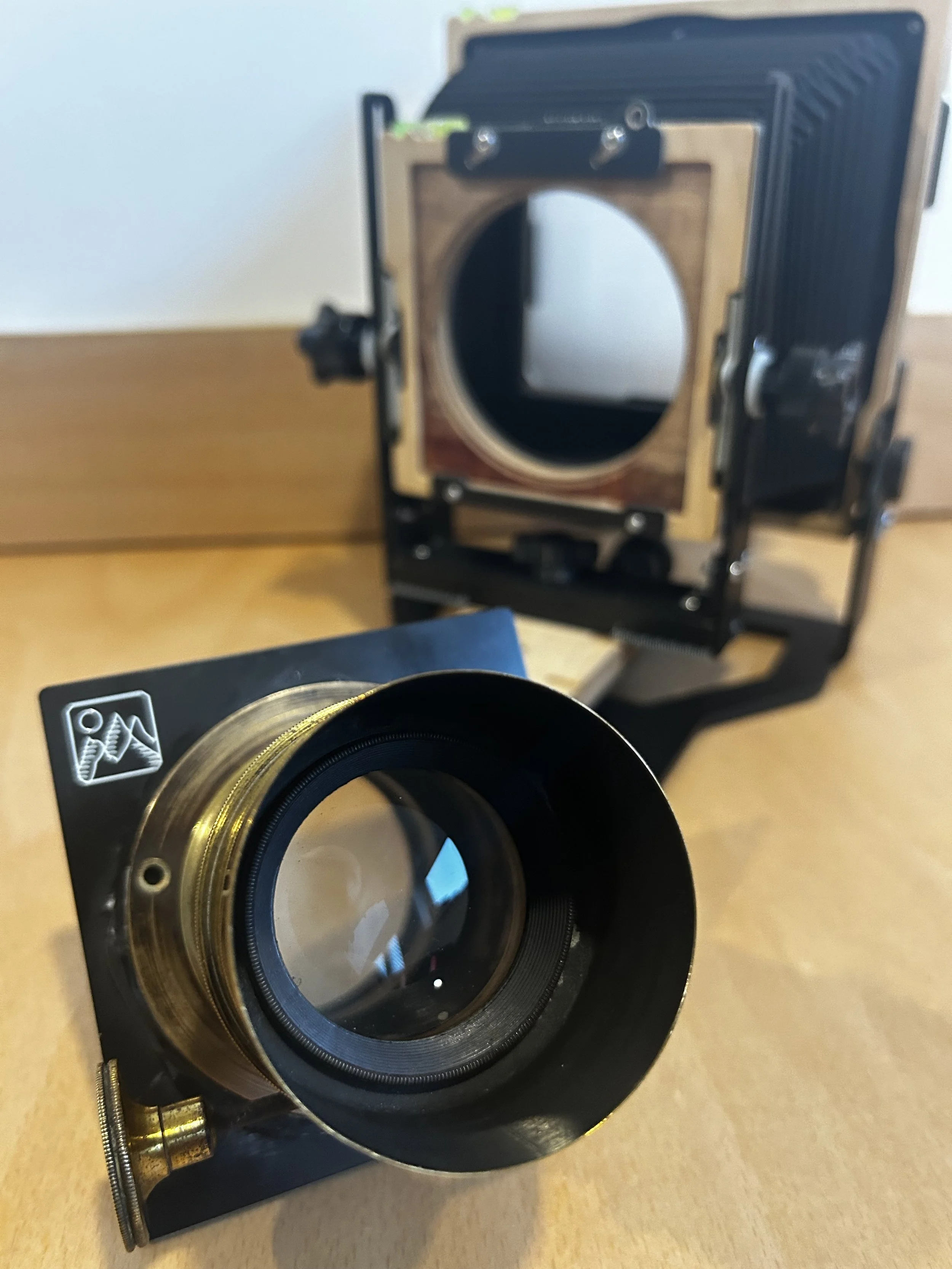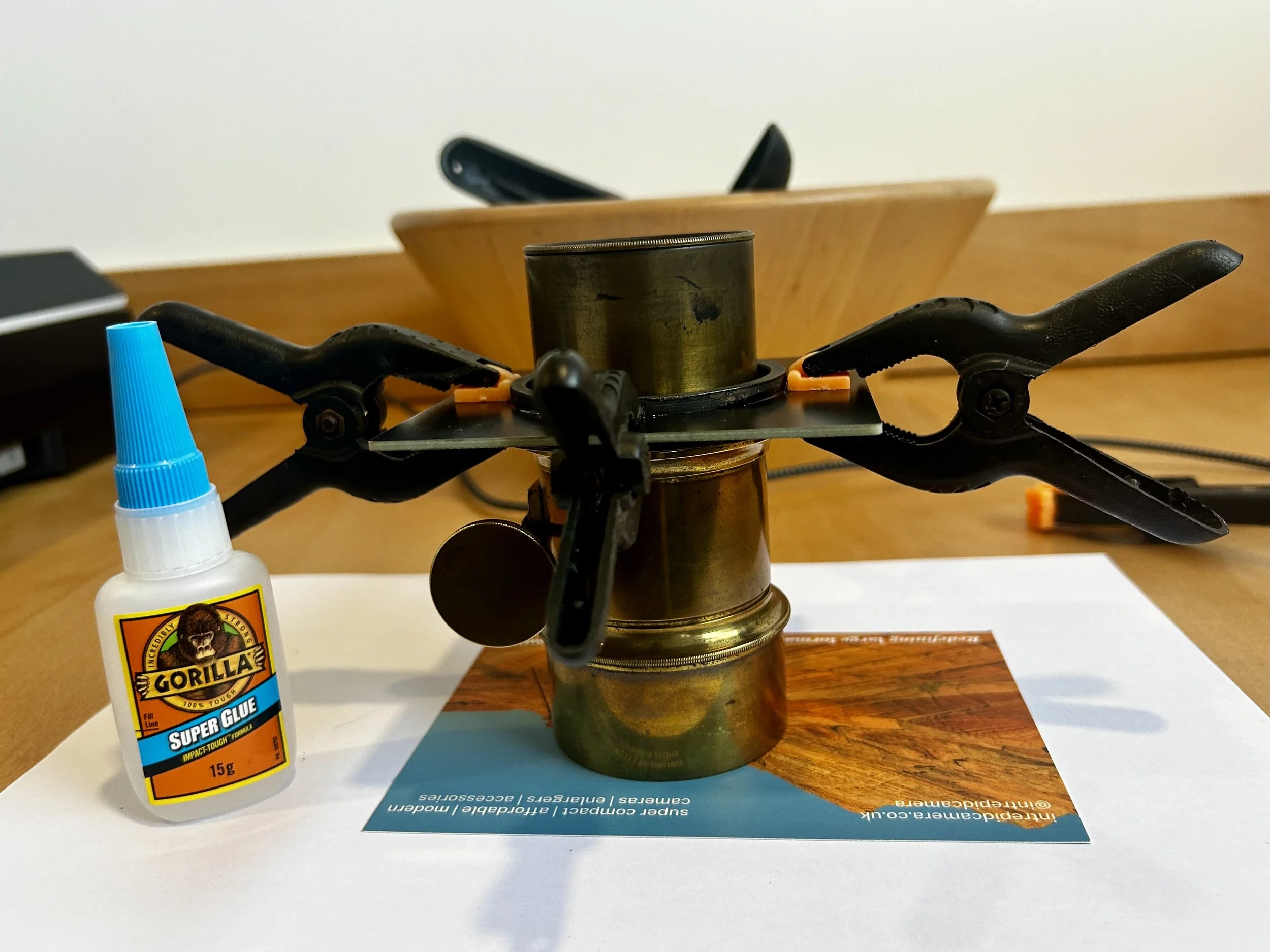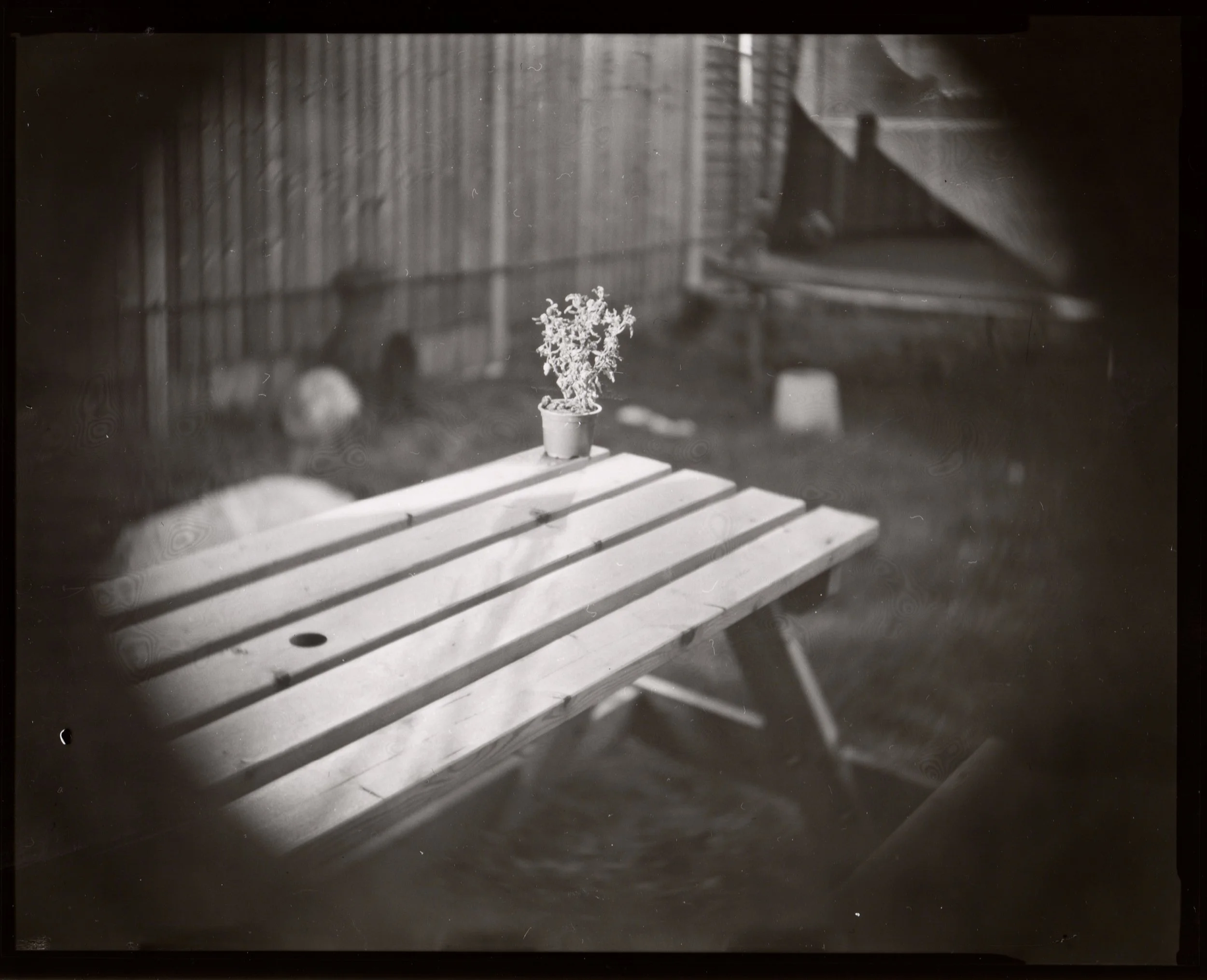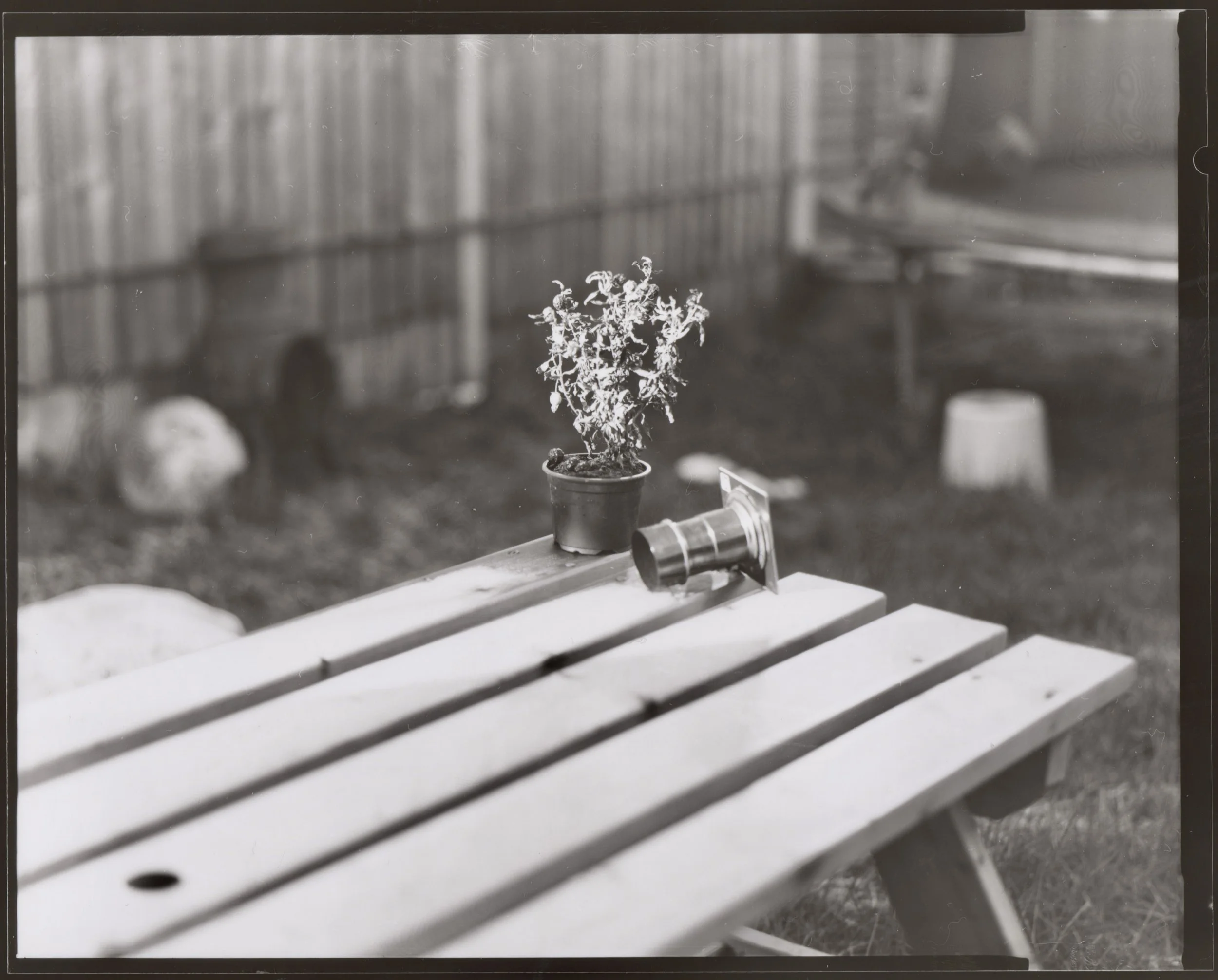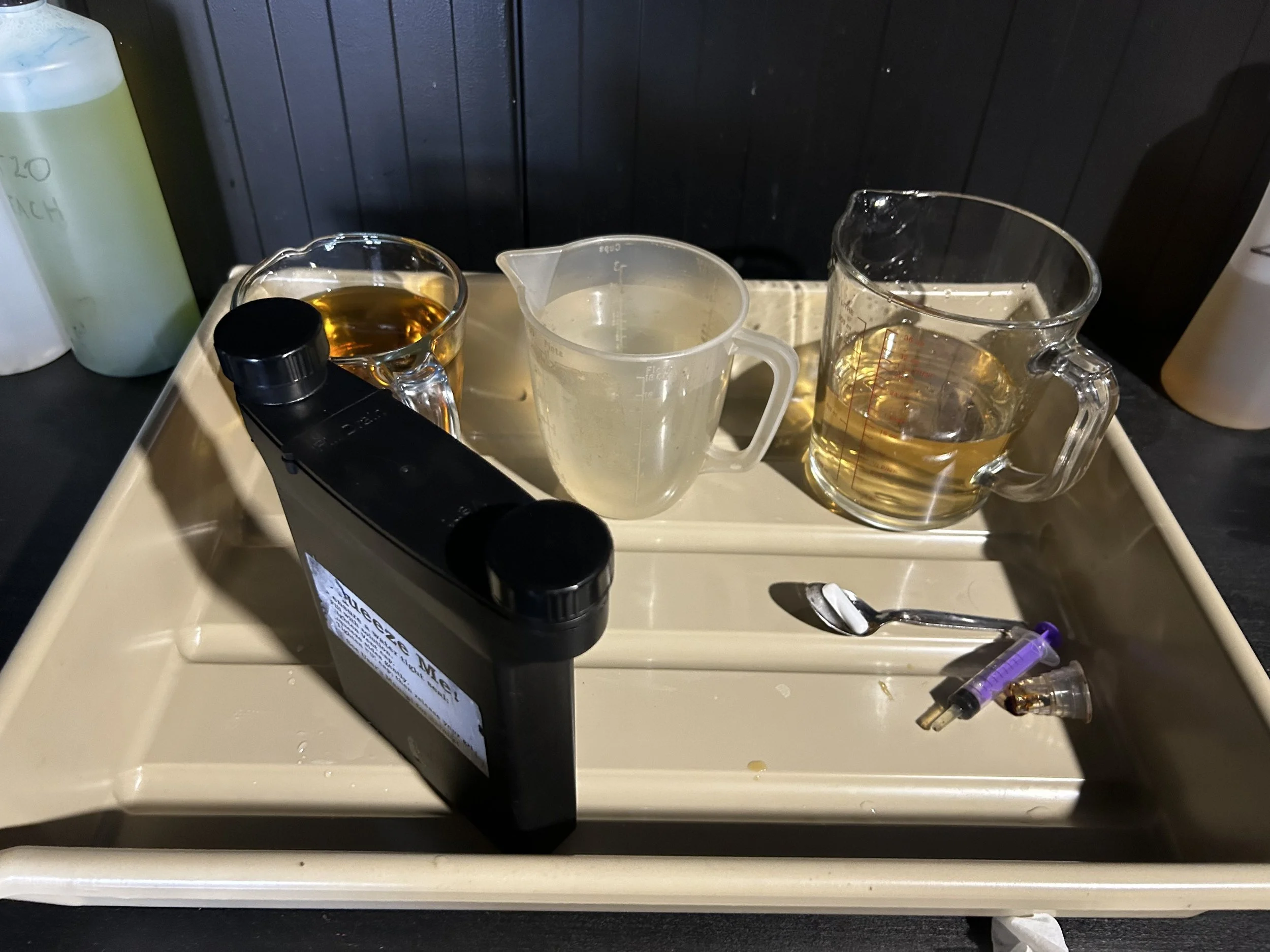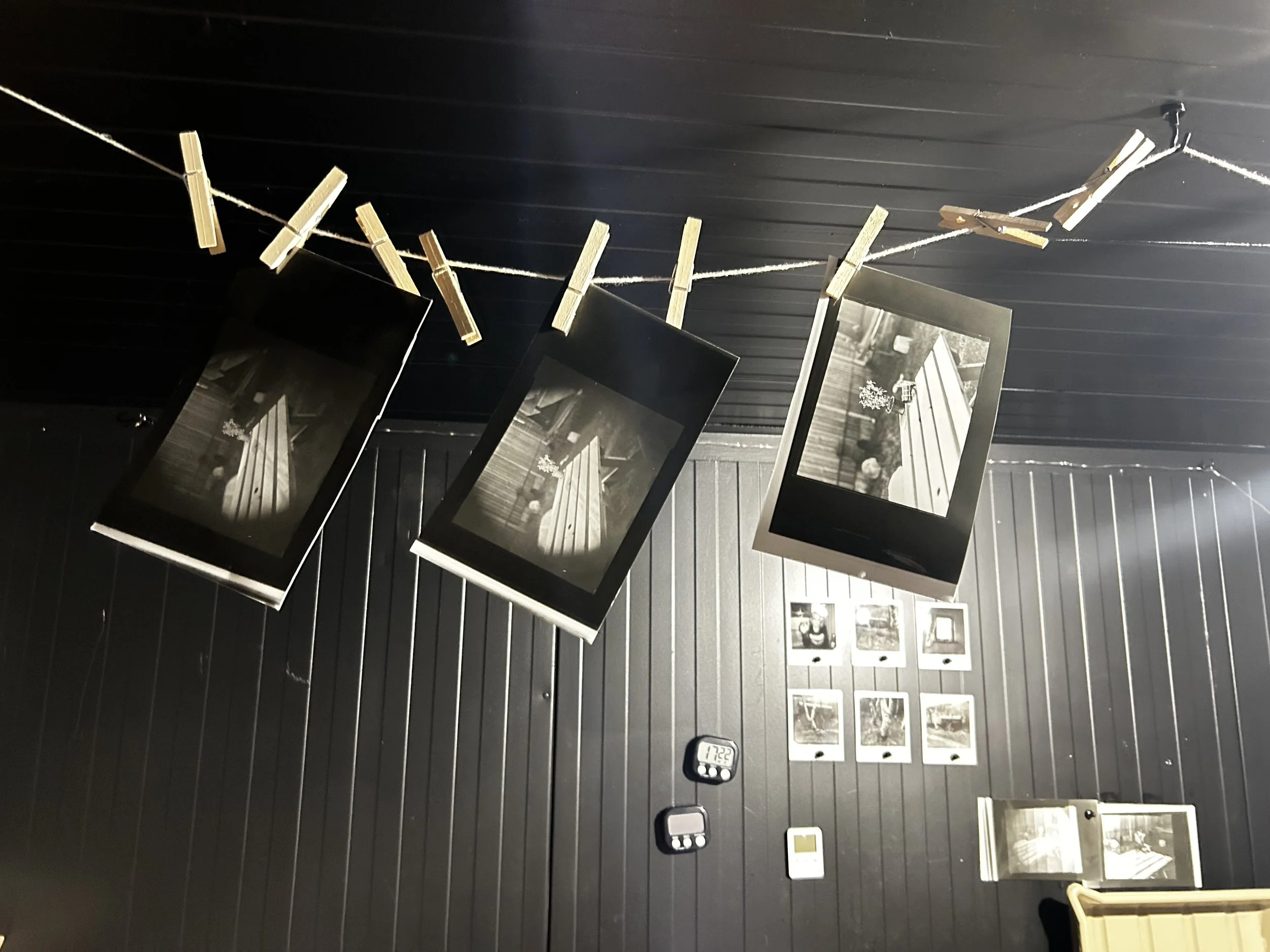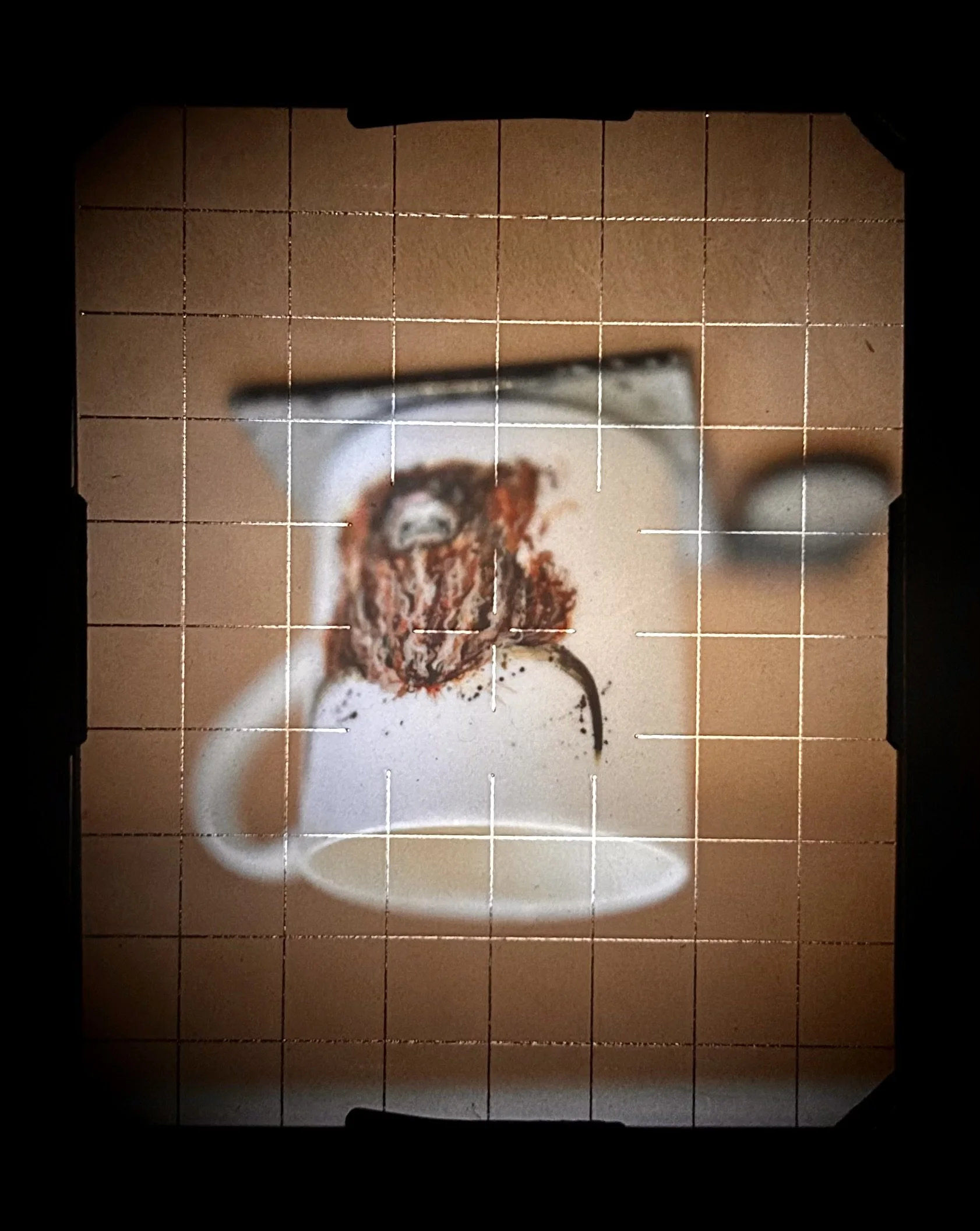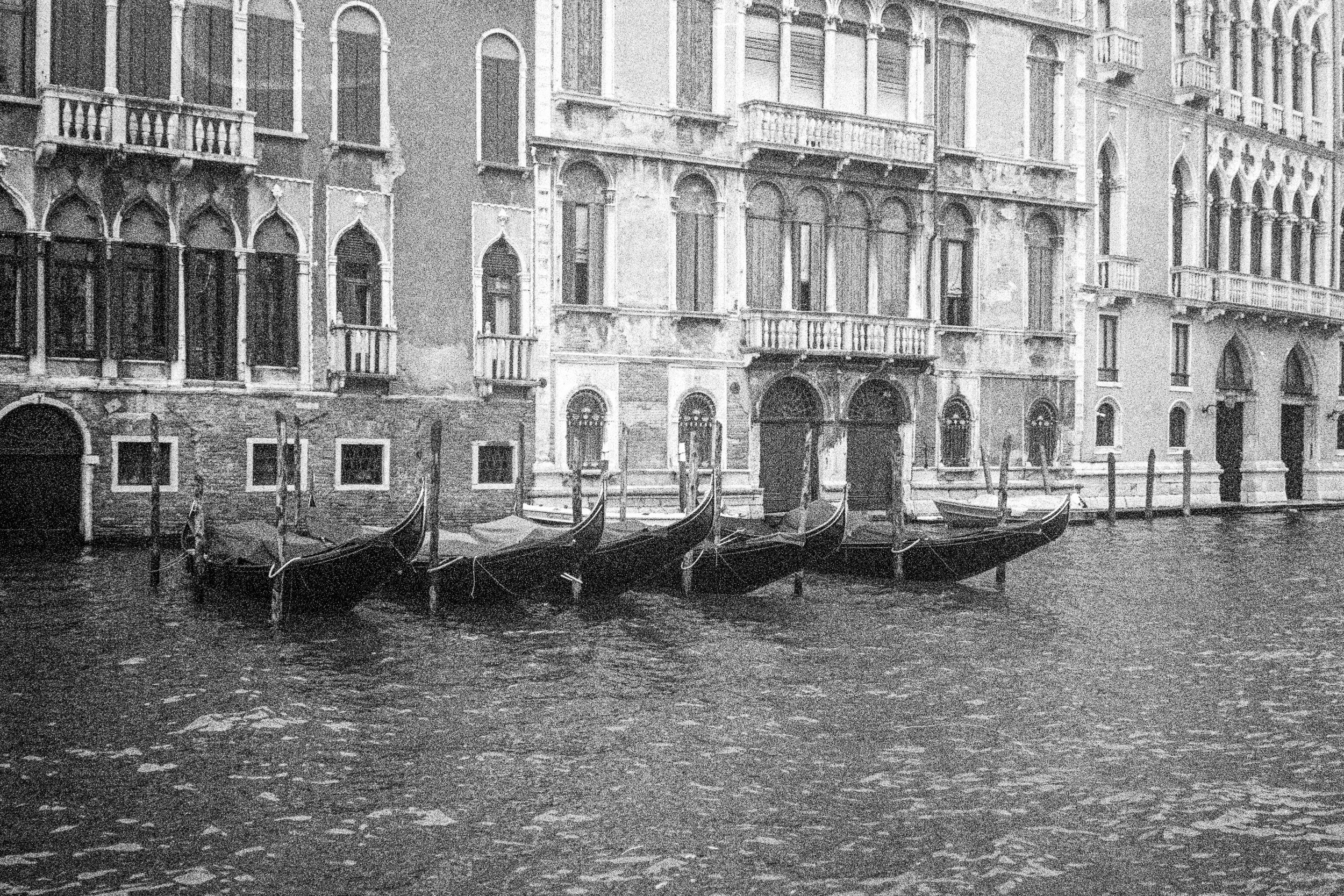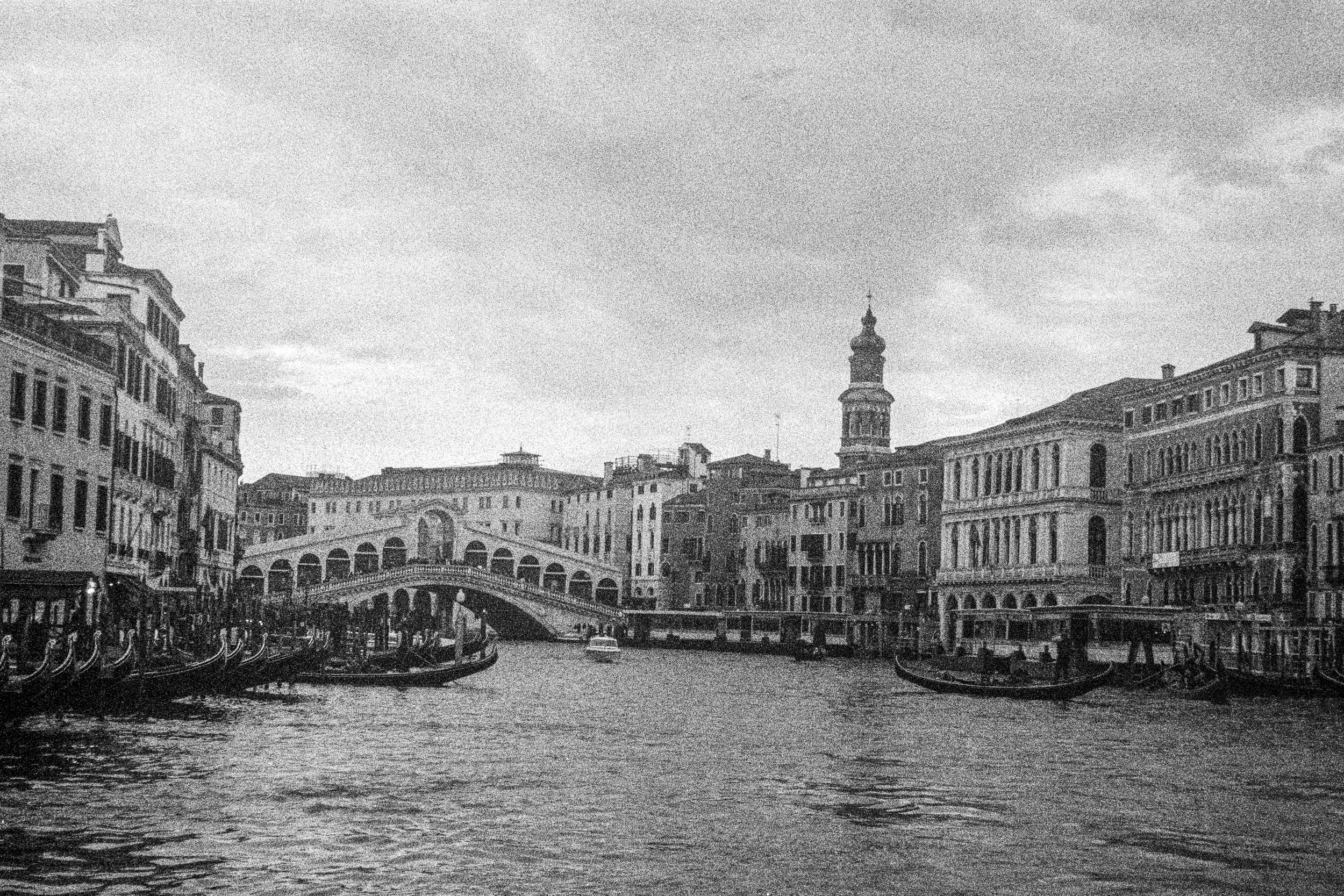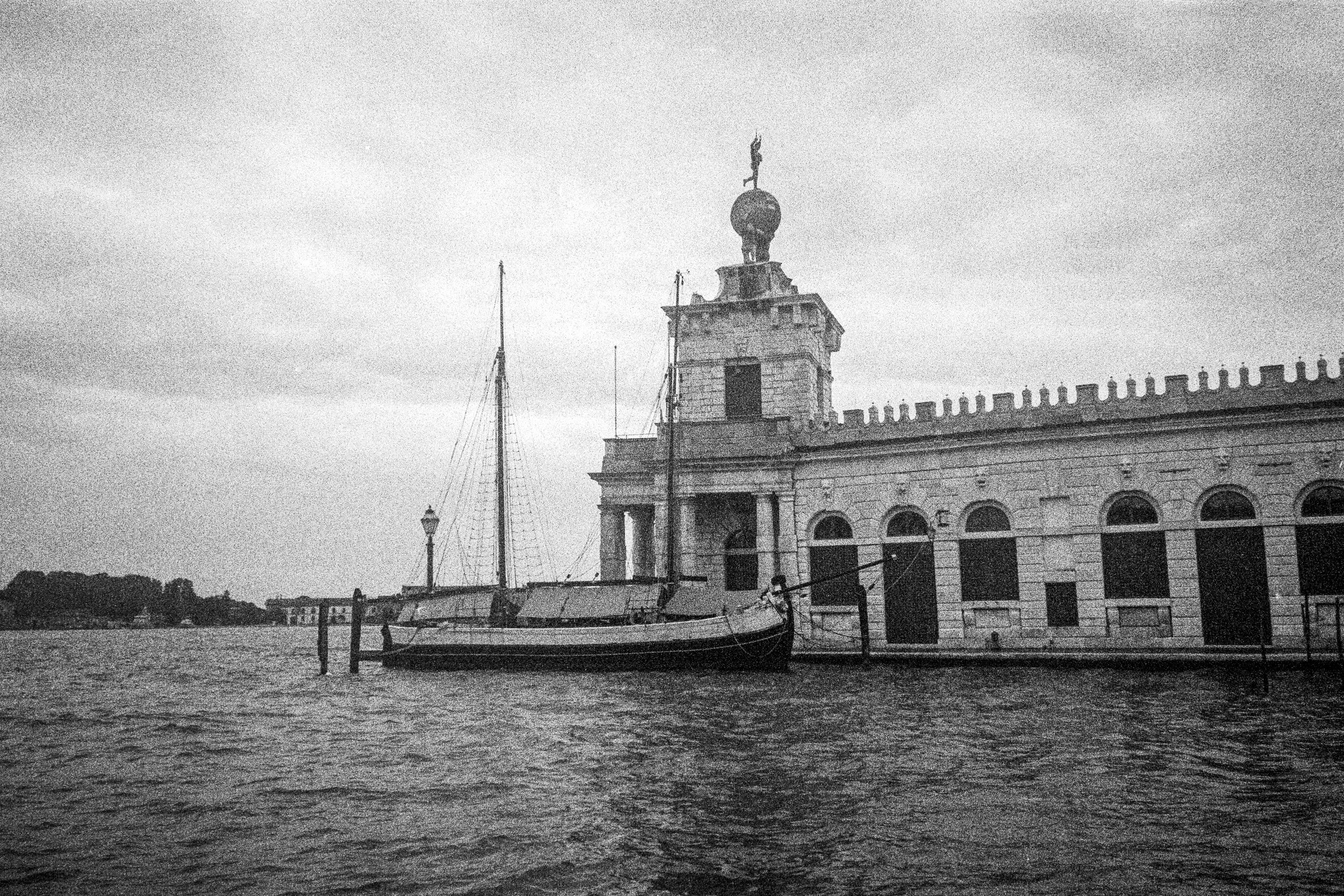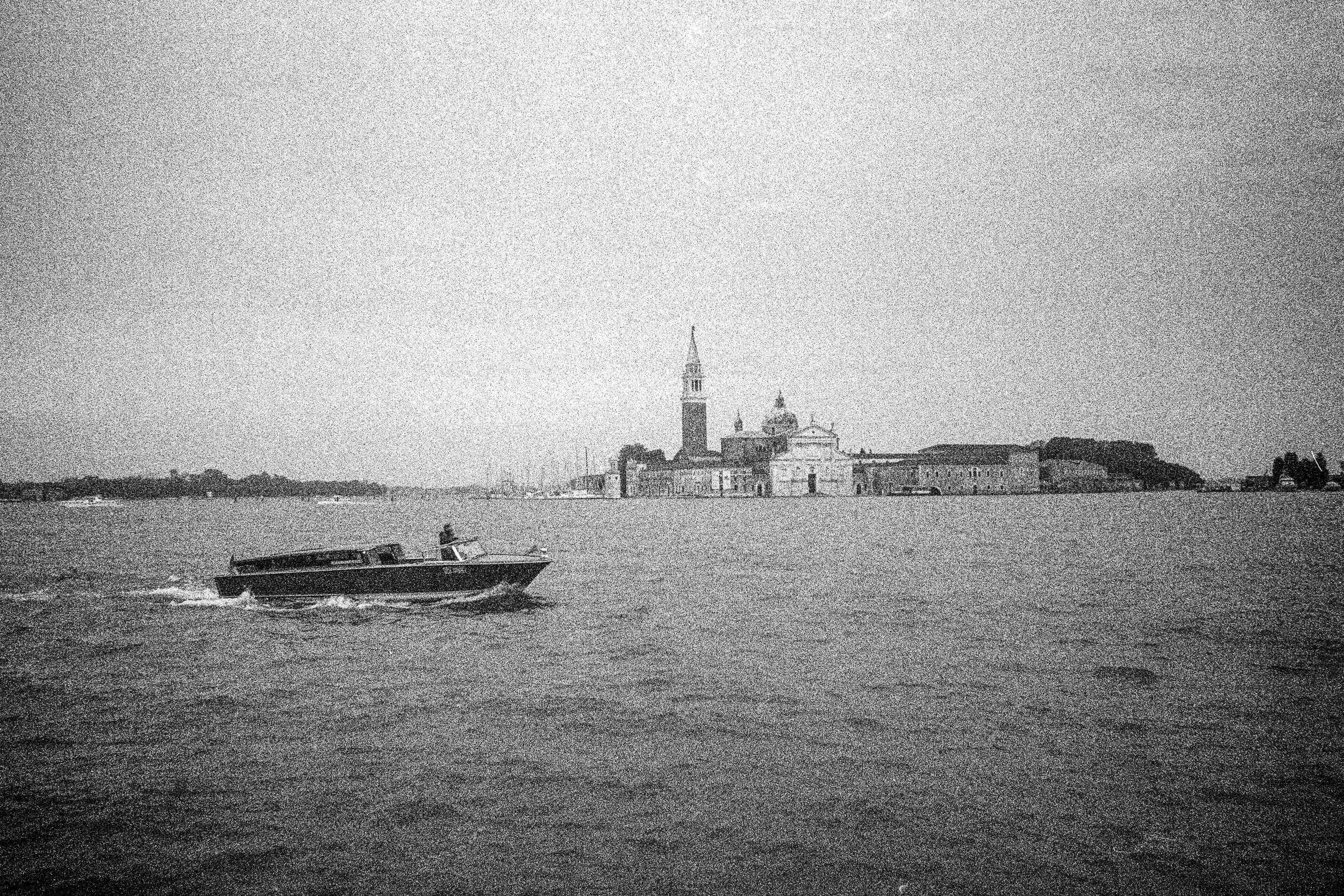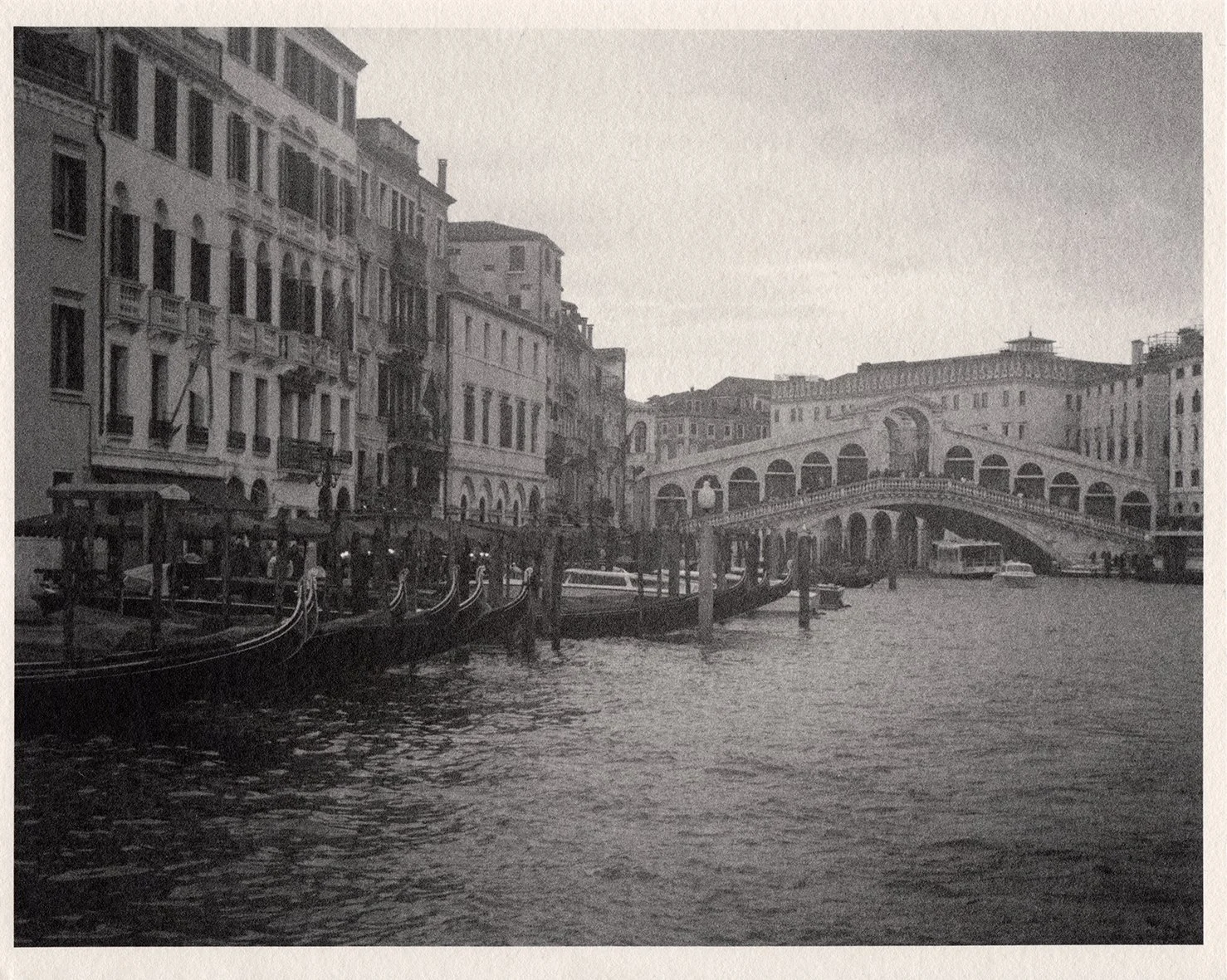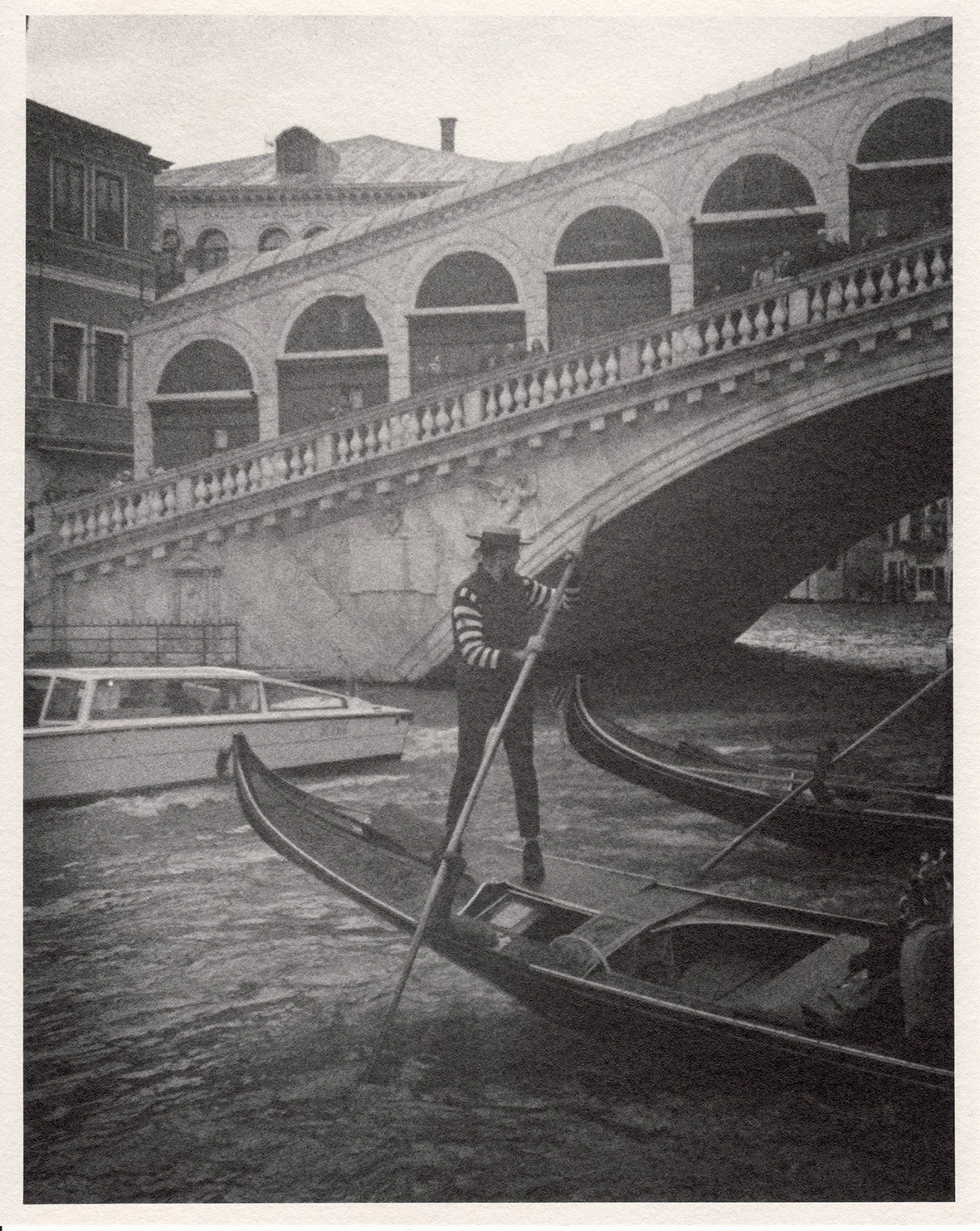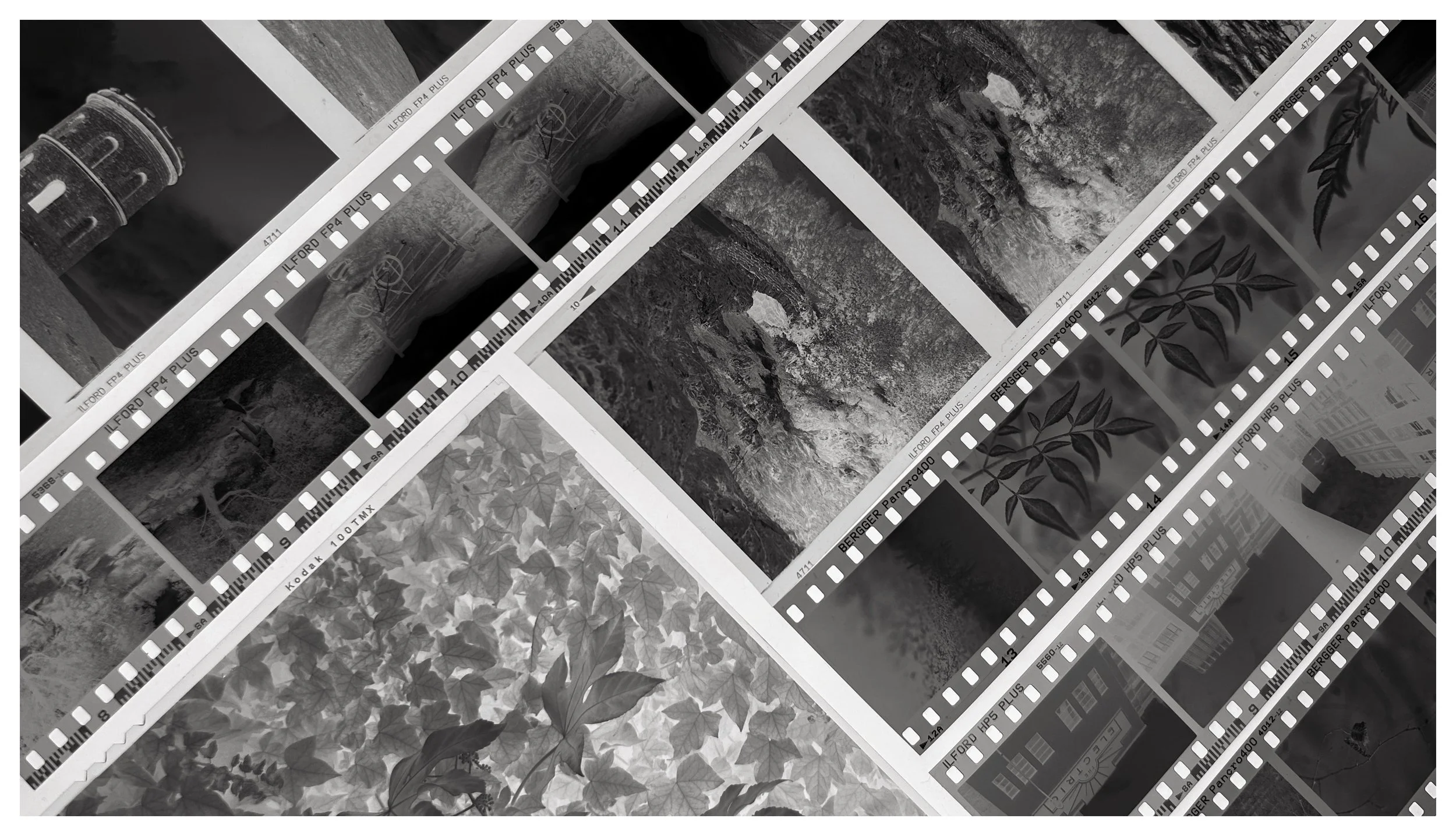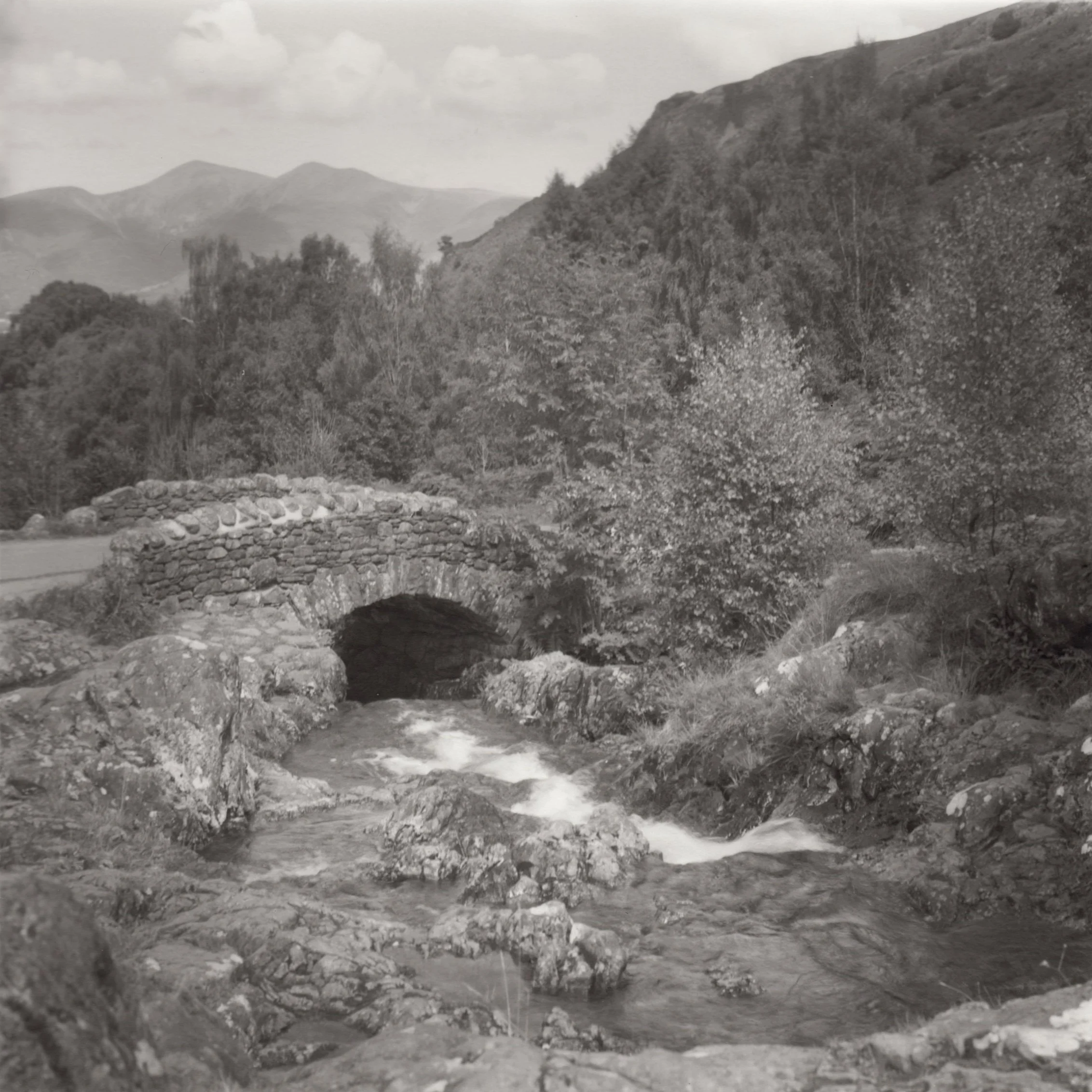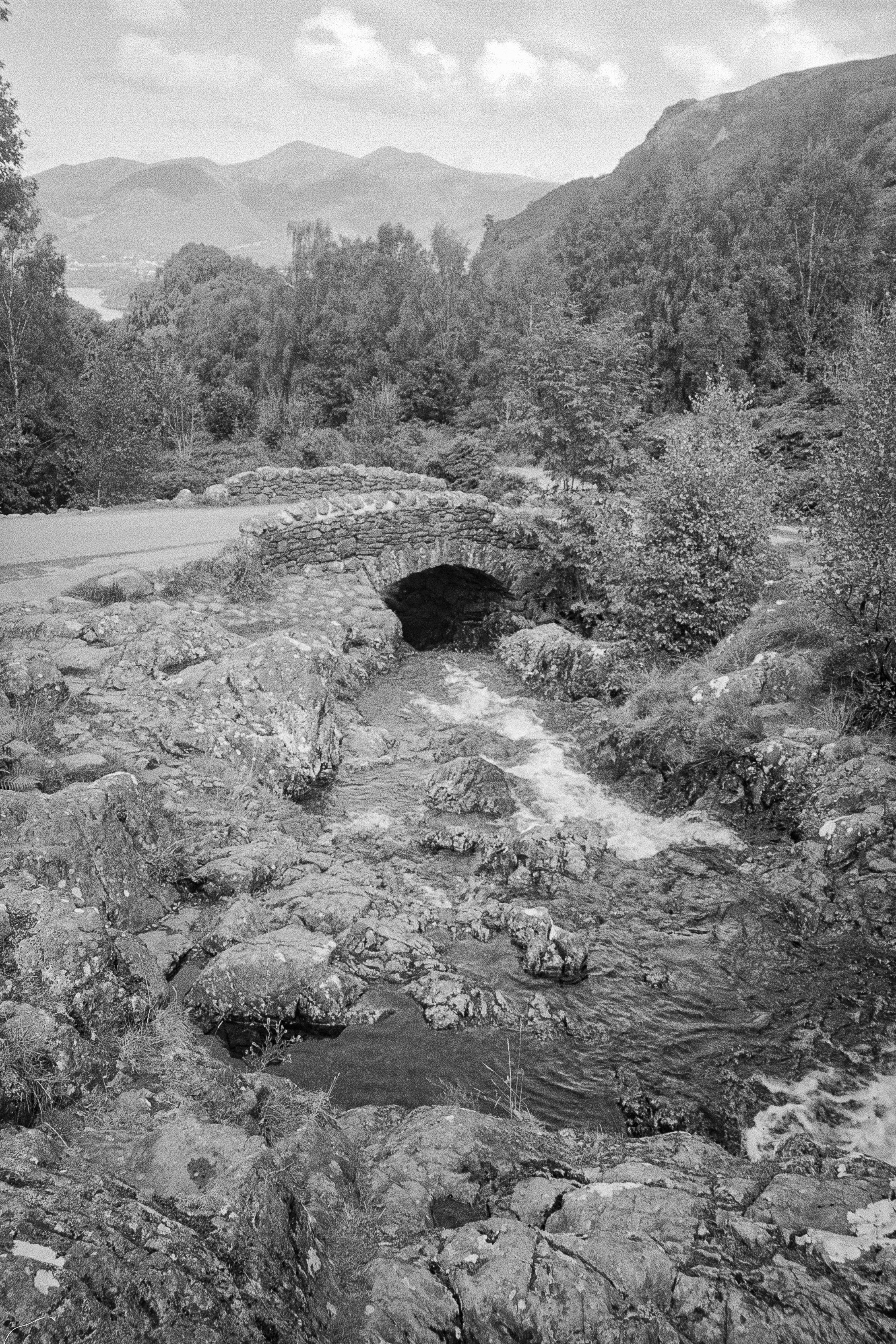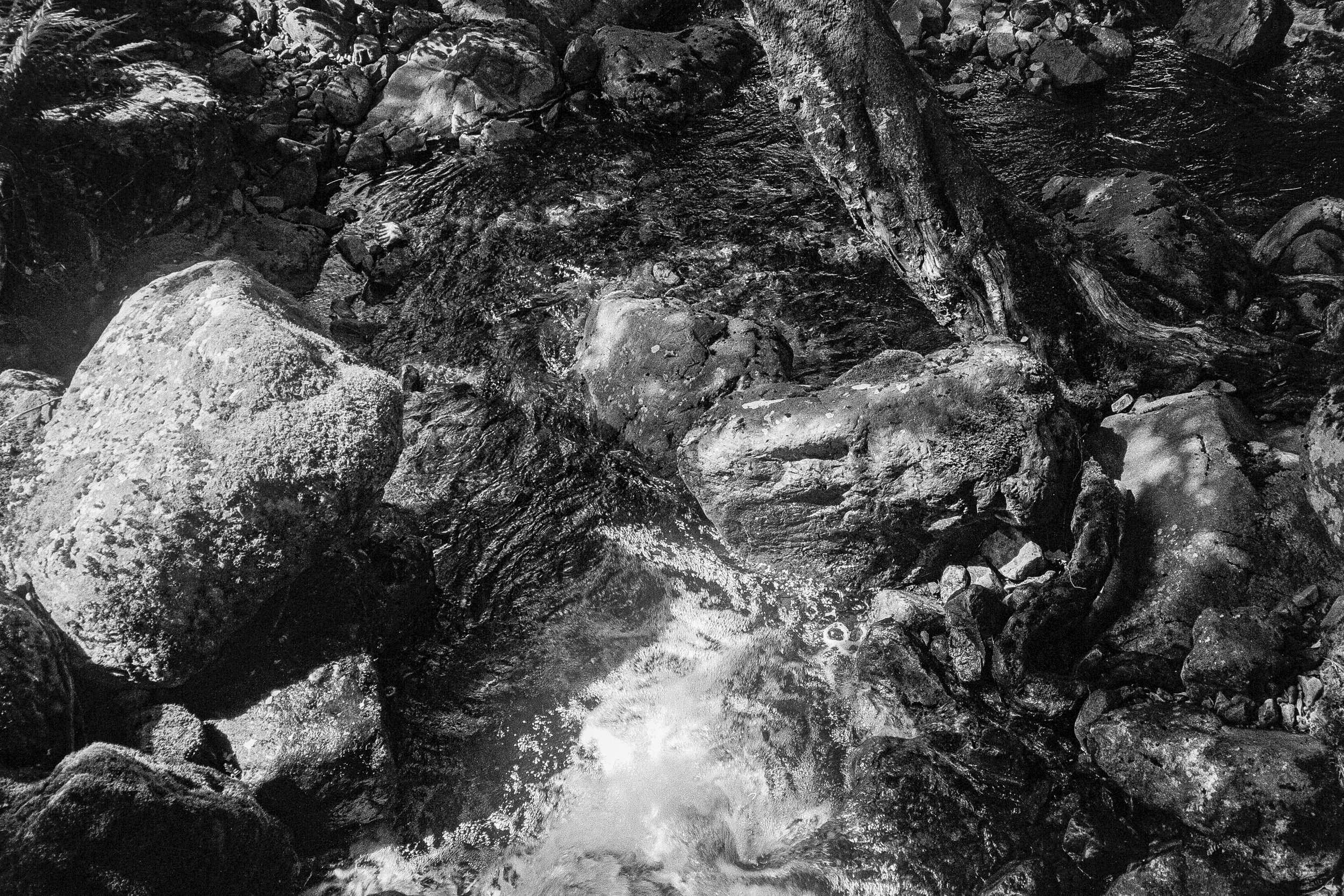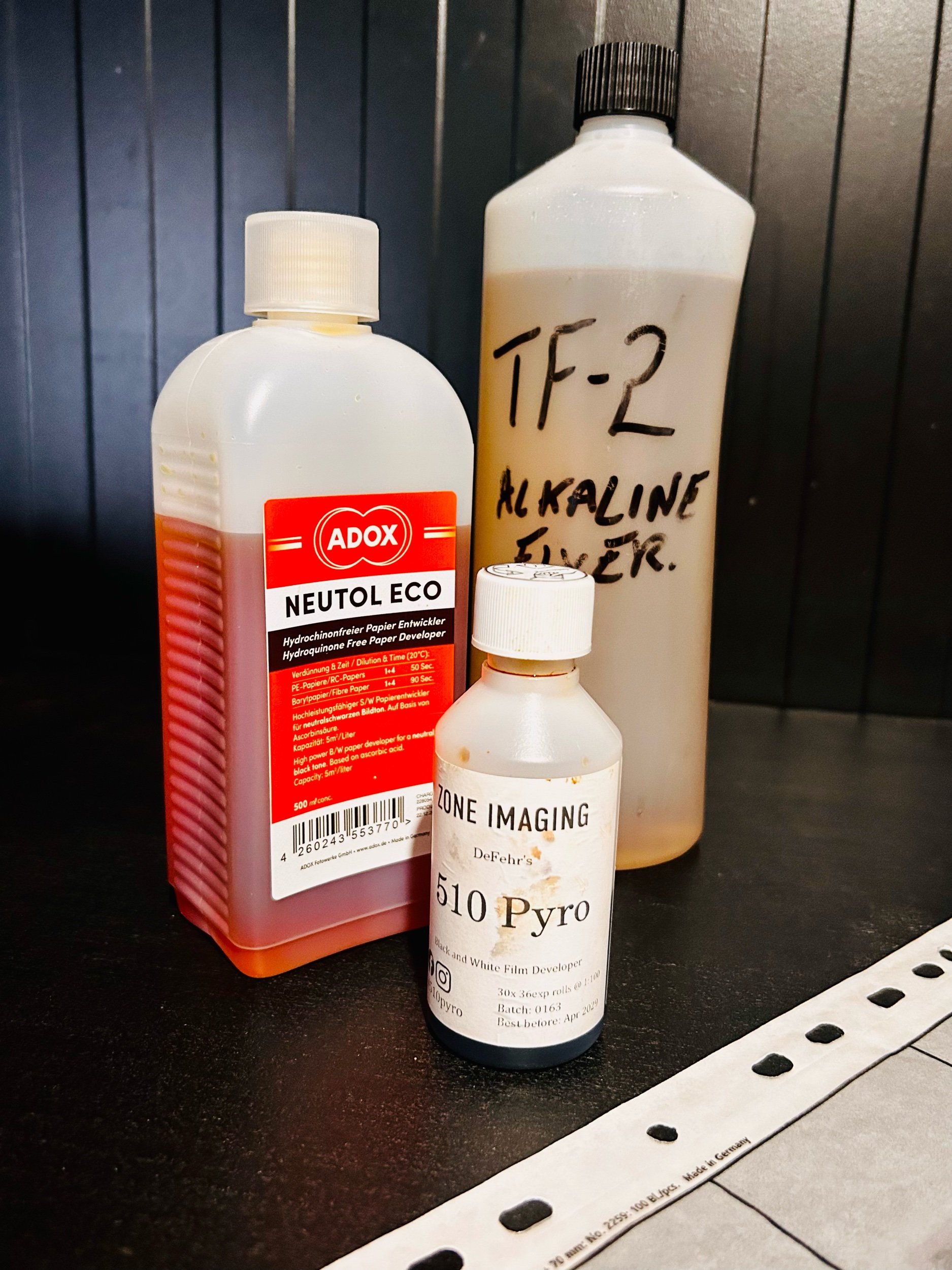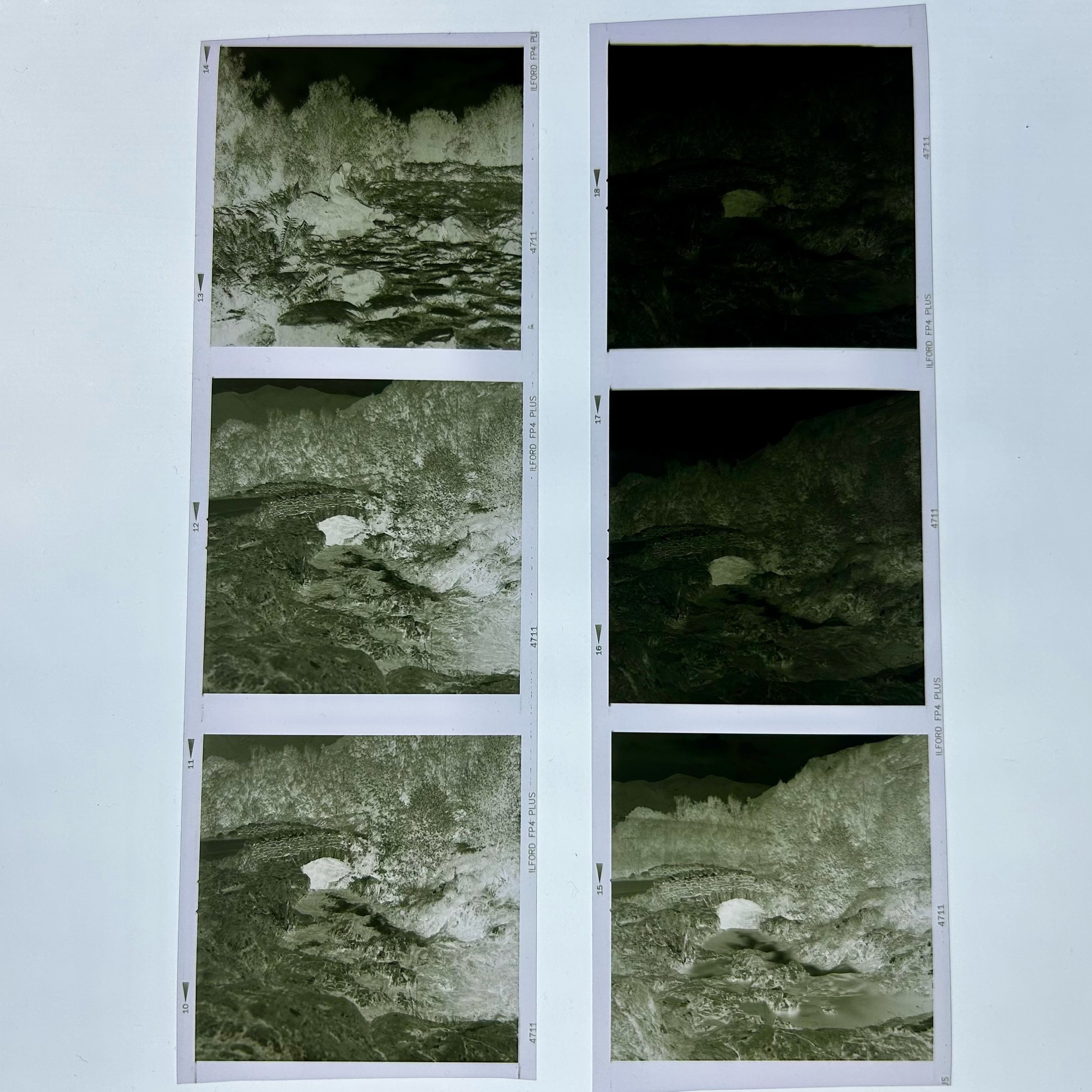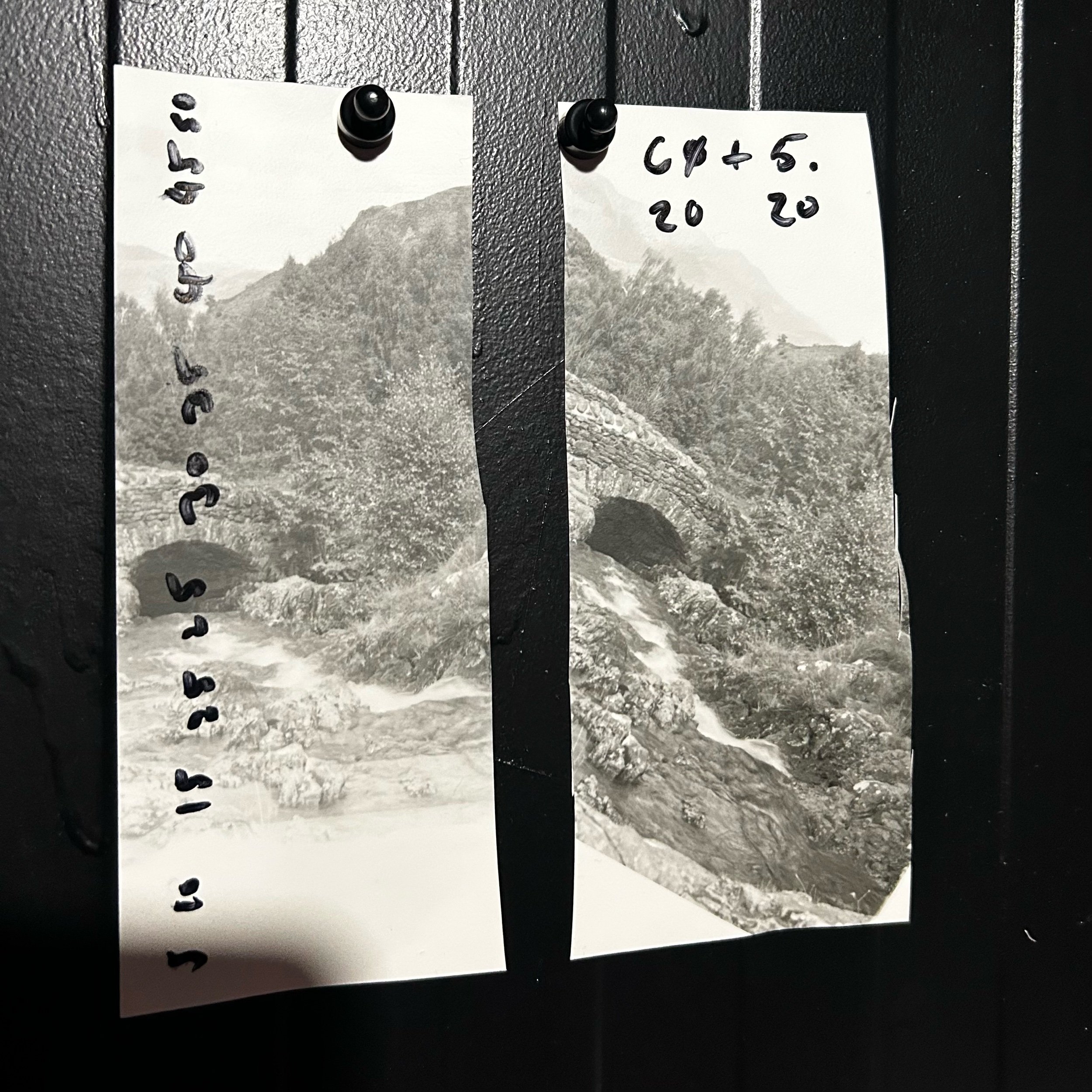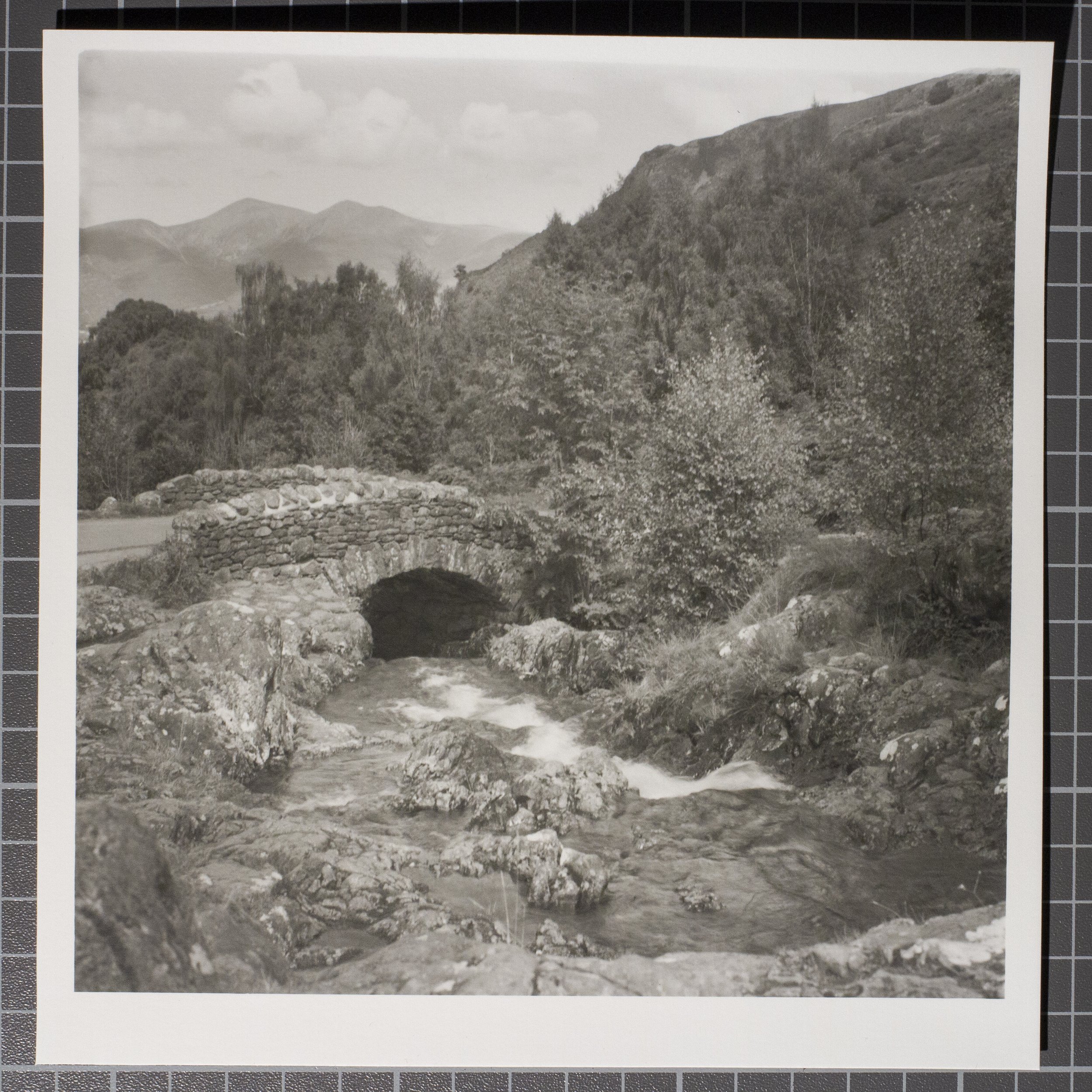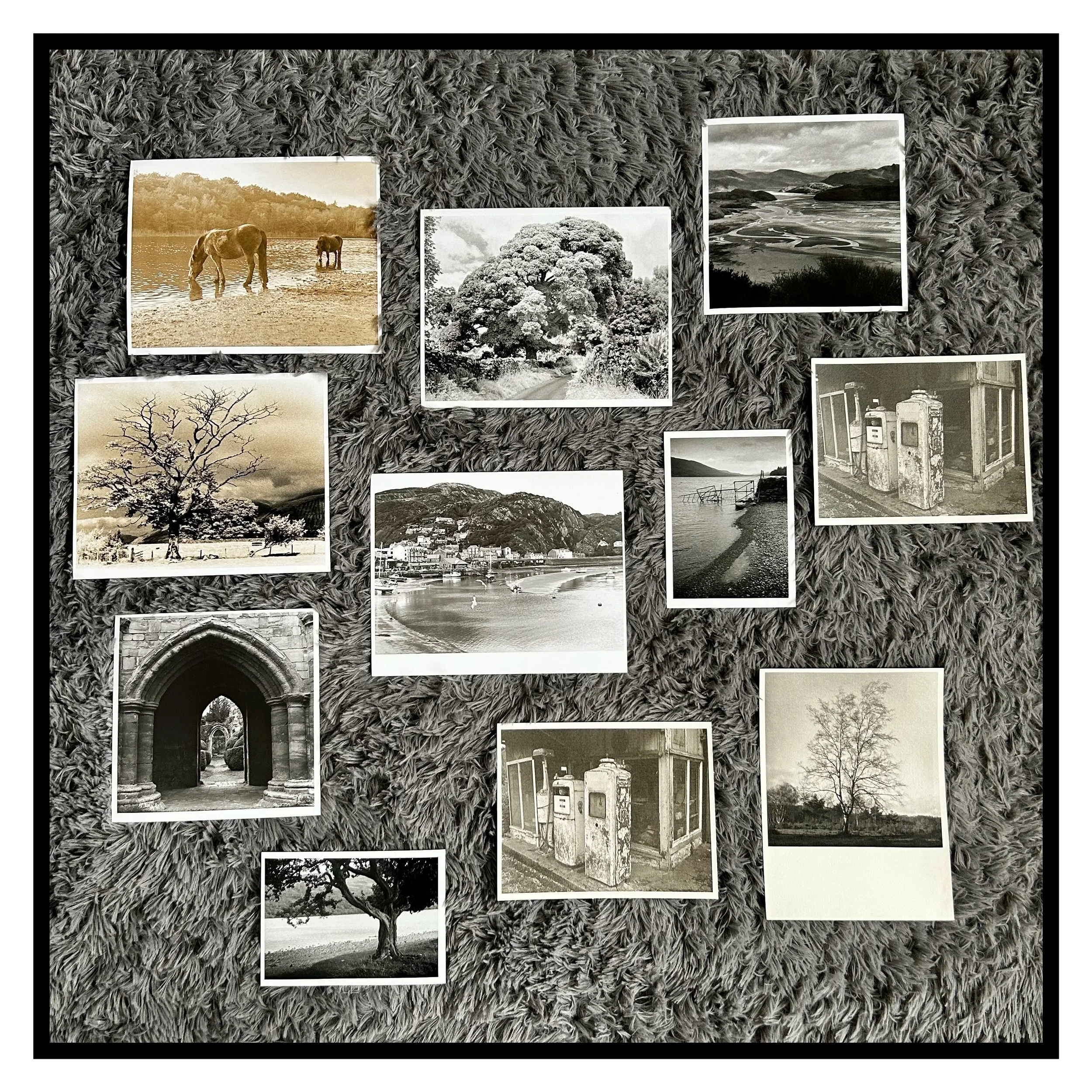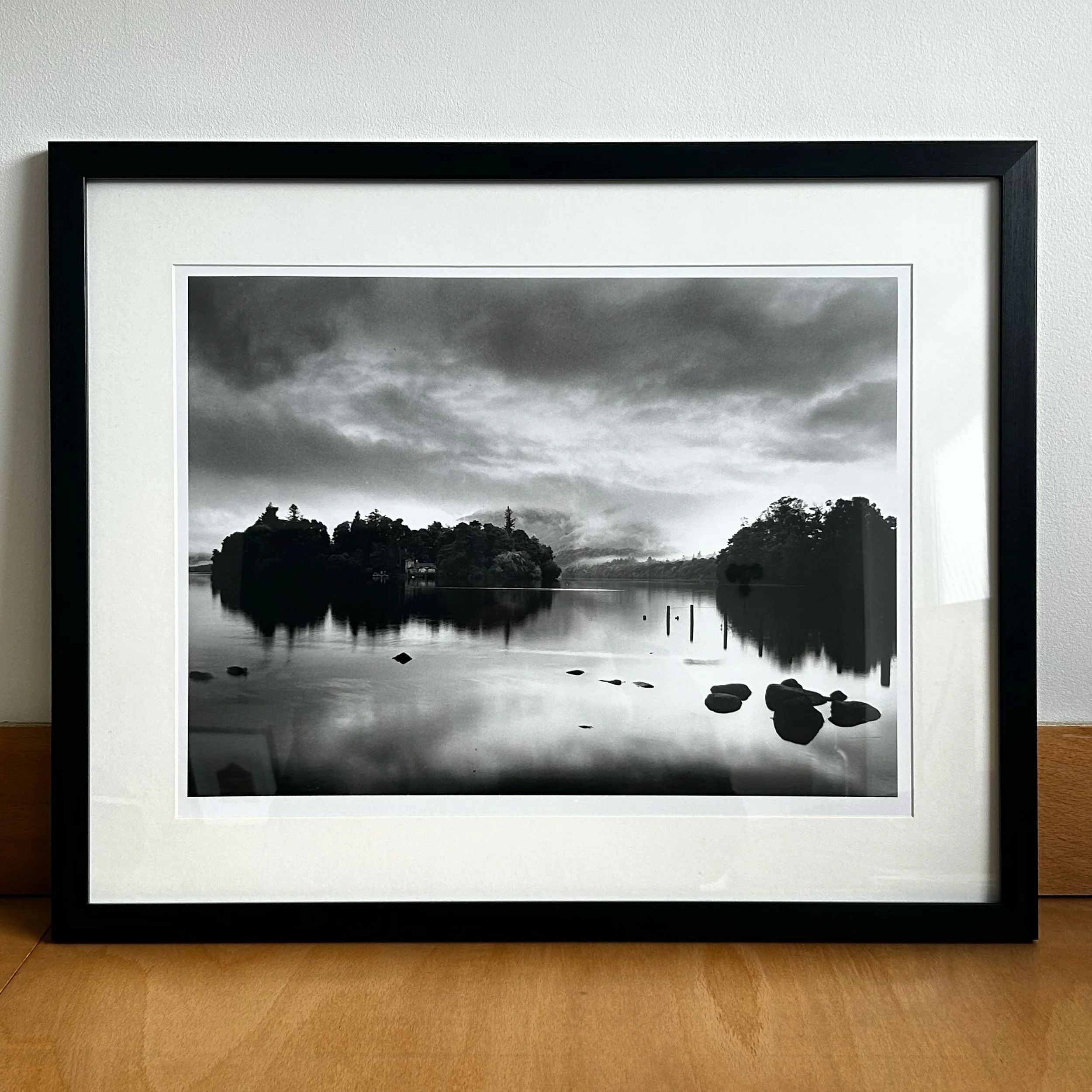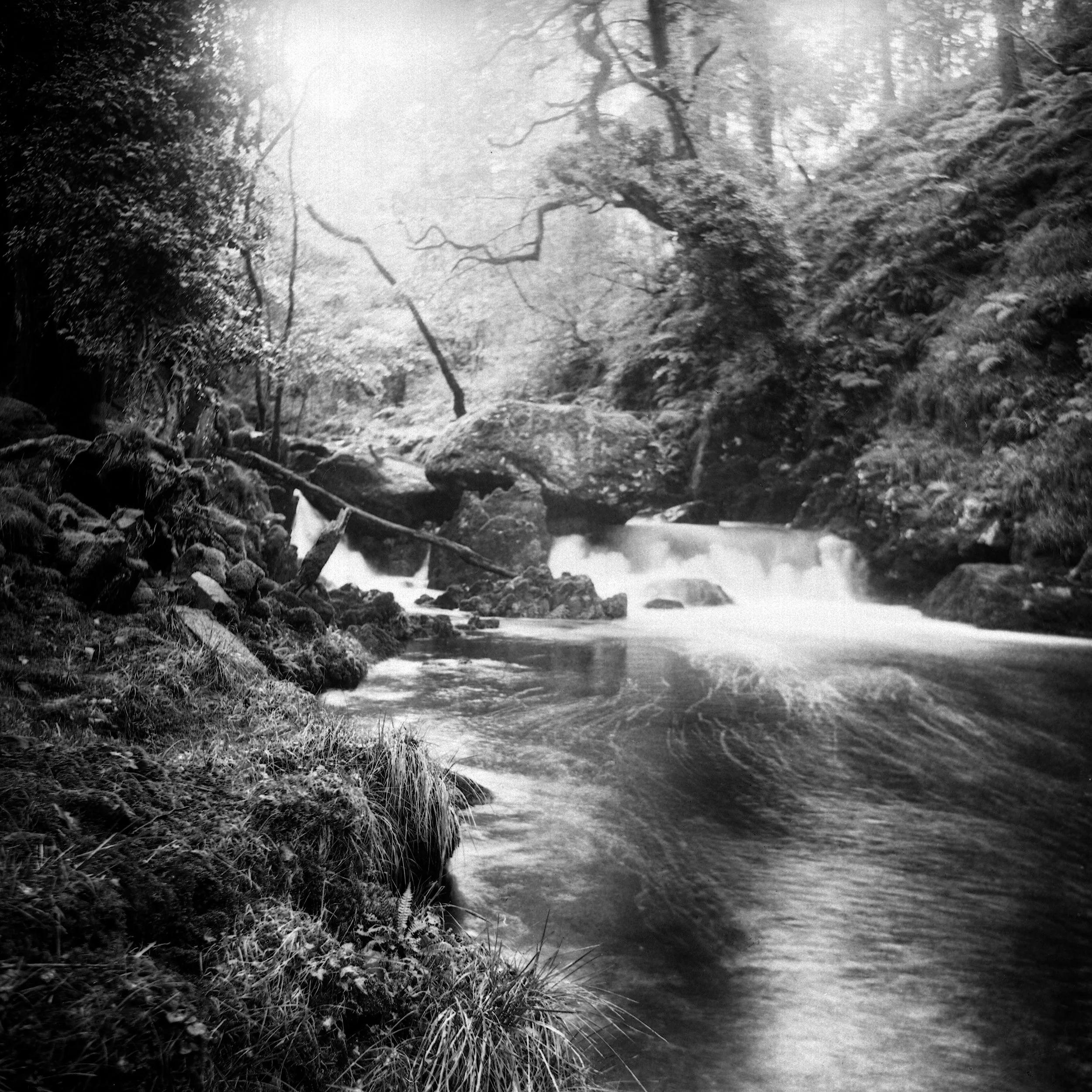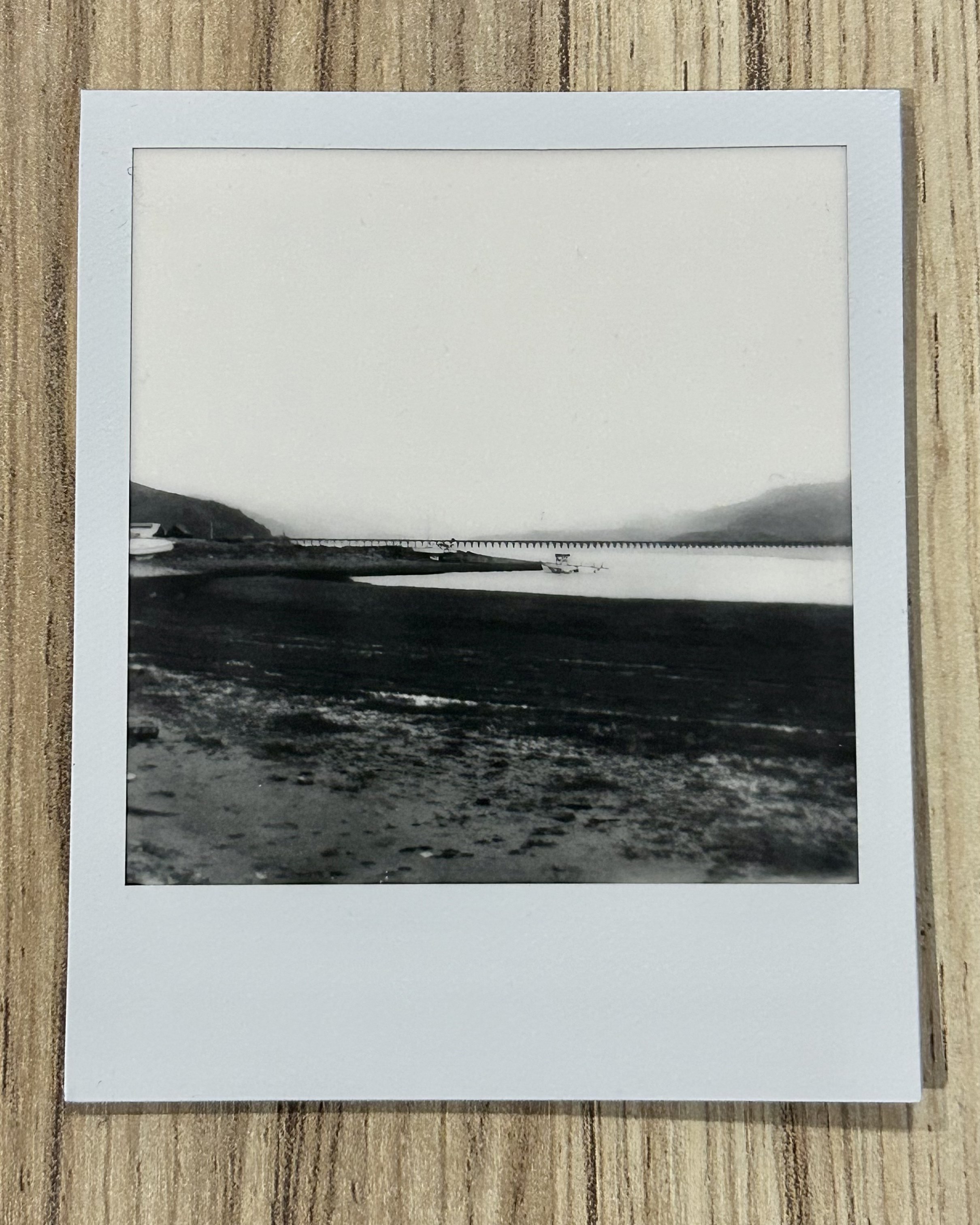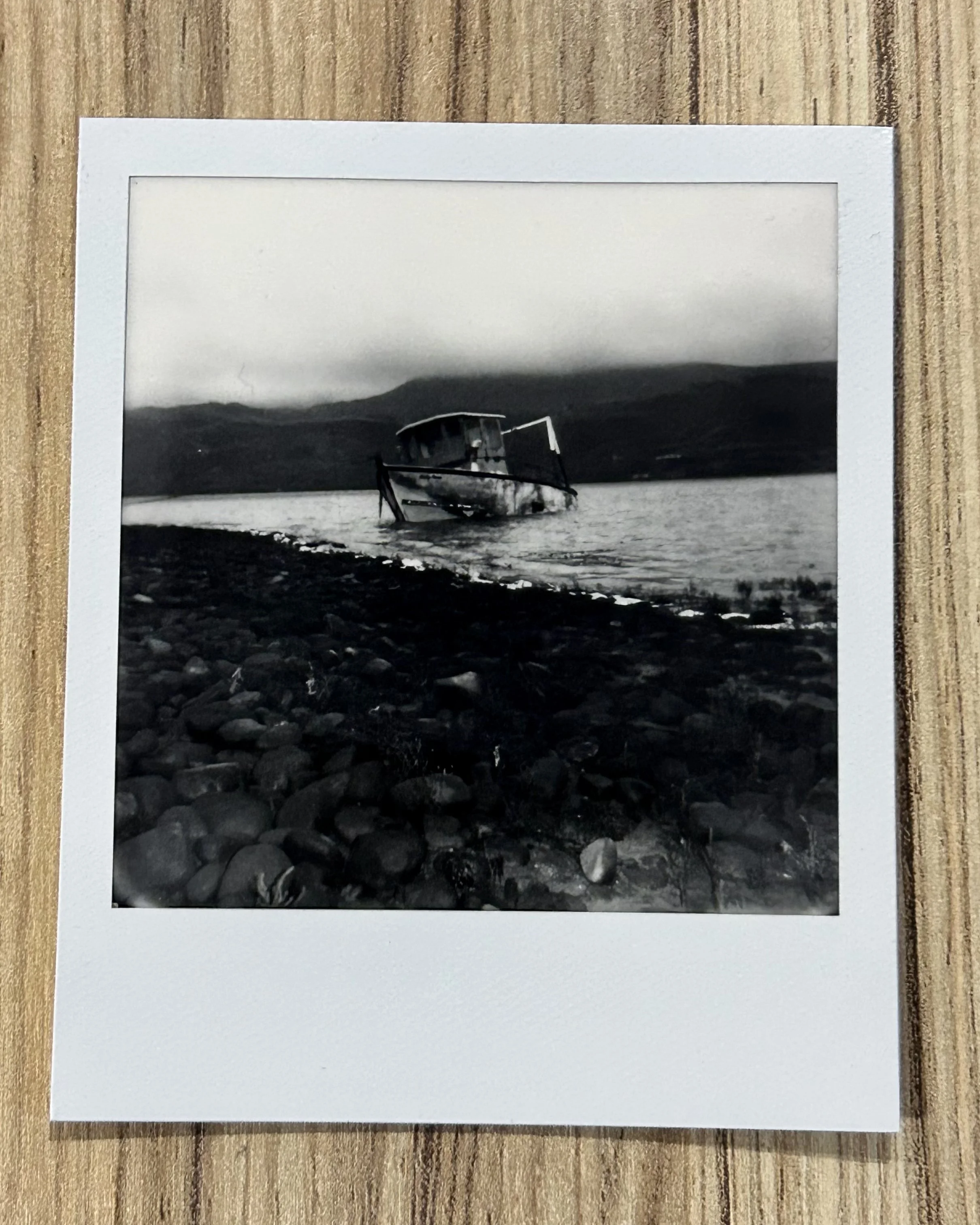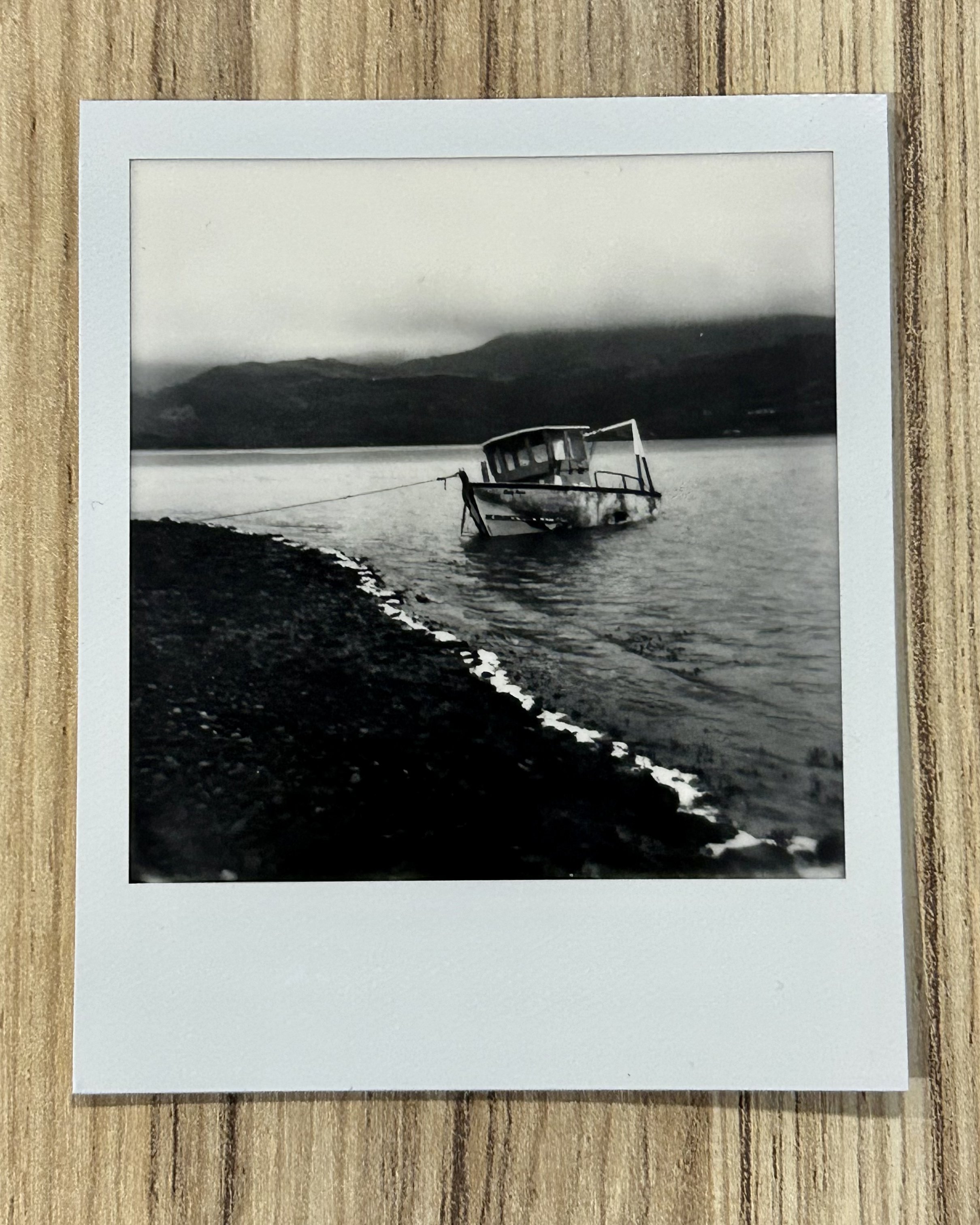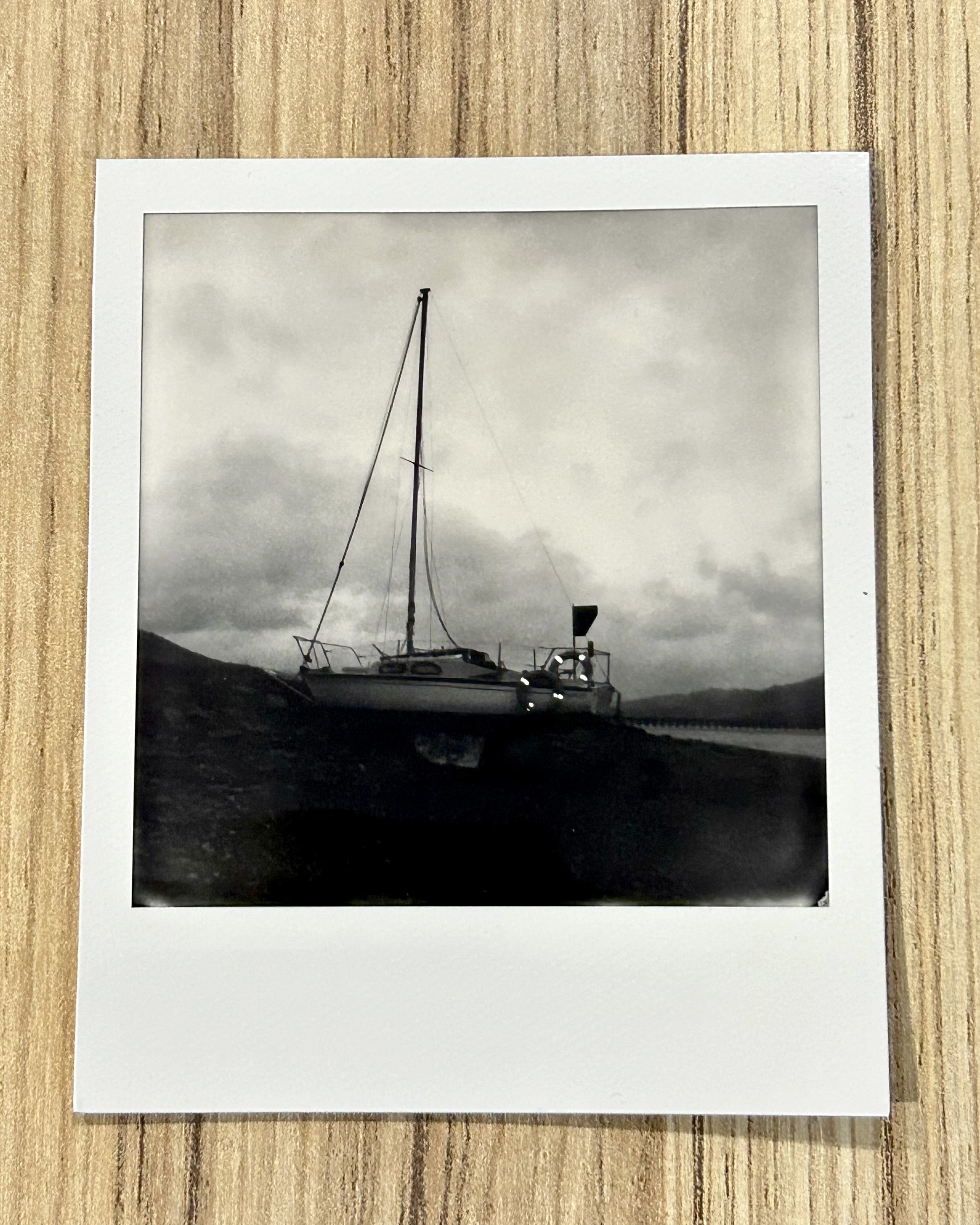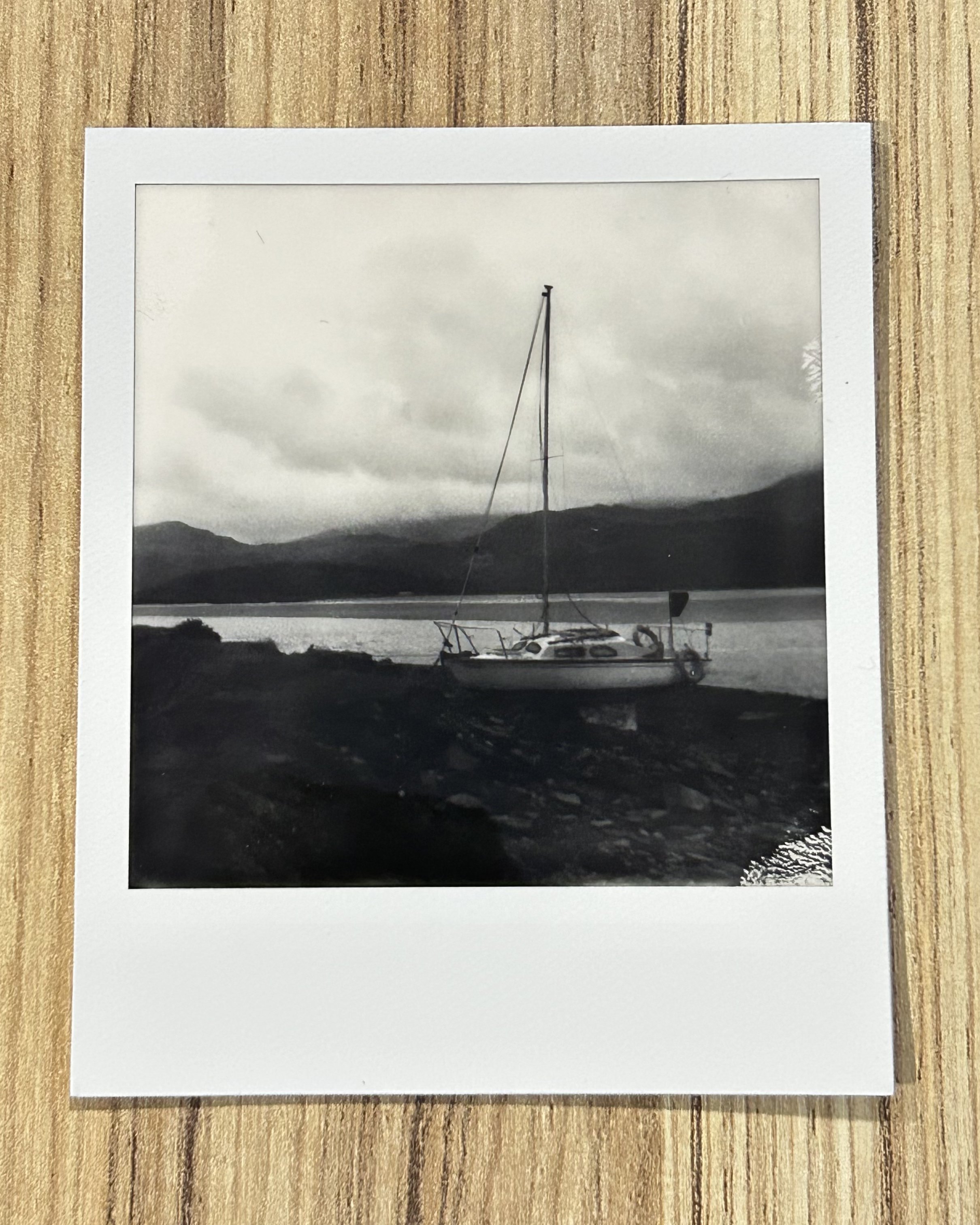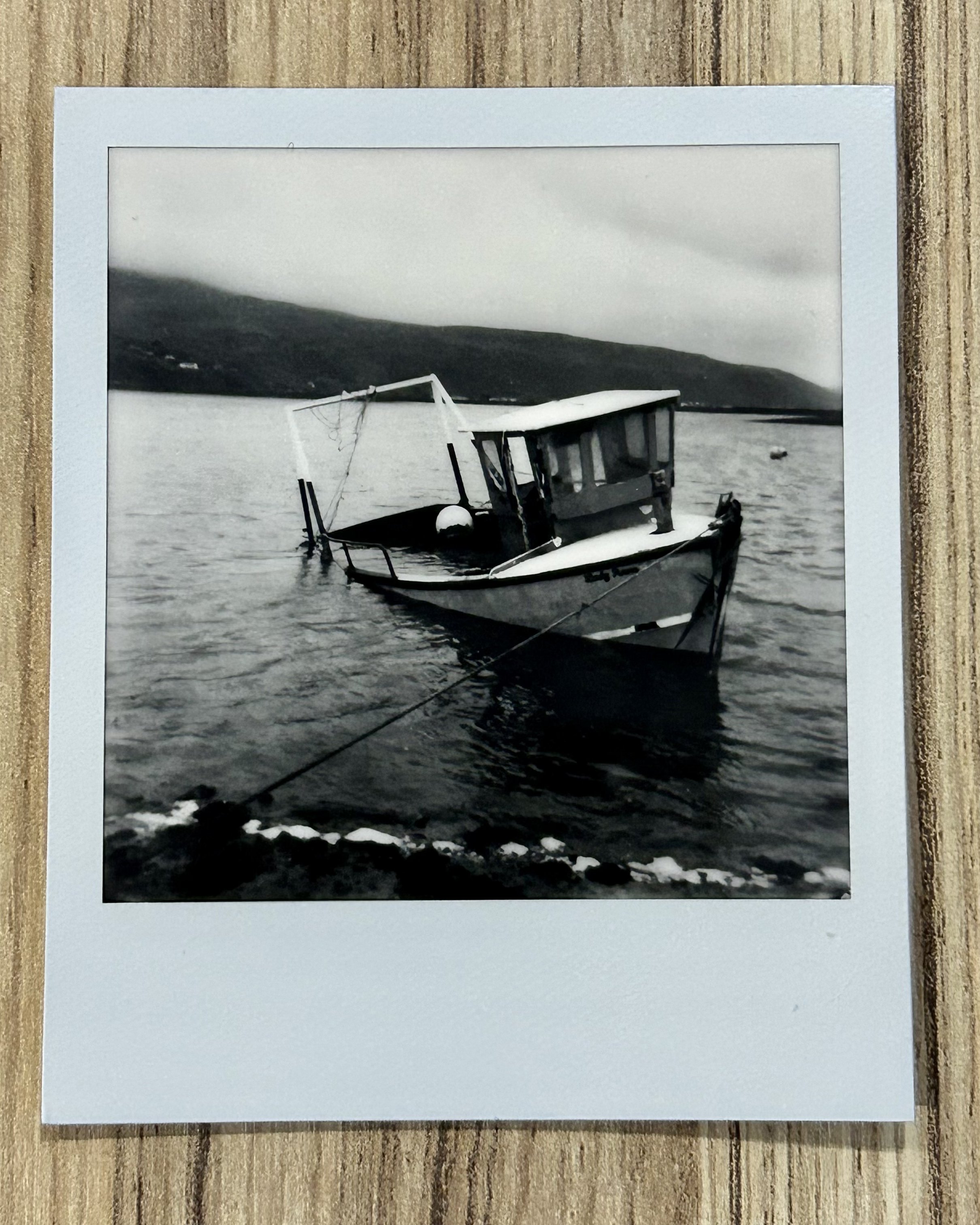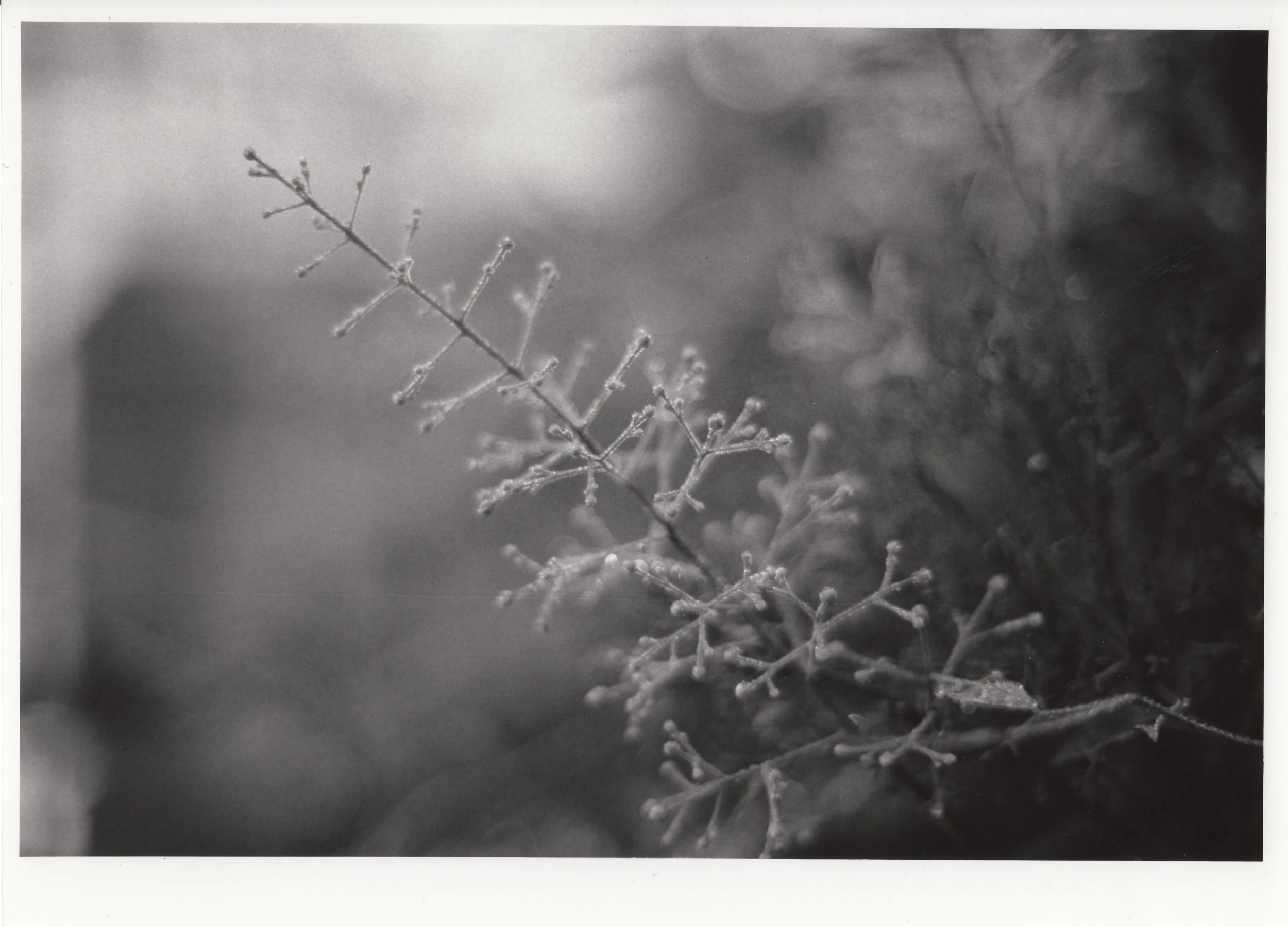There are a few reasons why I have chosen to shoot my photography exclusively on film for the past five years.
First and foremost, I love the look and feel of film. Digital photography has come a long way in recent years, but there is still something special about the way film captures light and color. Film has a certain warmth and depth that is difficult to replicate digitally.
In addition to the aesthetic qualities of film, there is also a certain level of craftsmanship that comes with shooting on film. Mixing my own chemicals and developing and printing in the darkroom allows me to have complete control over the process. I can fine-tune every aspect of the development process to get exactly the look I want. This level of control is not possible with digital photography.
Shooting on film also forces me to slow down and think more about each shot. With digital, it is easy to snap hundreds of pictures and sort through them later. With film, each shot is precious and must be carefully considered. This forces me to be more intentional with my compositions and helps me to create stronger images.
Finally, I enjoy the wide variety of cameras and films available to me as a film photographer. From 35mm to 120 to 4x5 large format, there are so many different options to choose from. Each film stock has its own unique characteristics, and I love being able to experiment with different combinations to see what works best for a particular scene.
Overall, shooting on film has become a passion for me. It allows me to create images that have a timeless quality and are infused with my own personal style. The process of developing and printing my own work in the darkroom is also incredibly rewarding and helps me to connect more deeply with my art.



